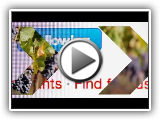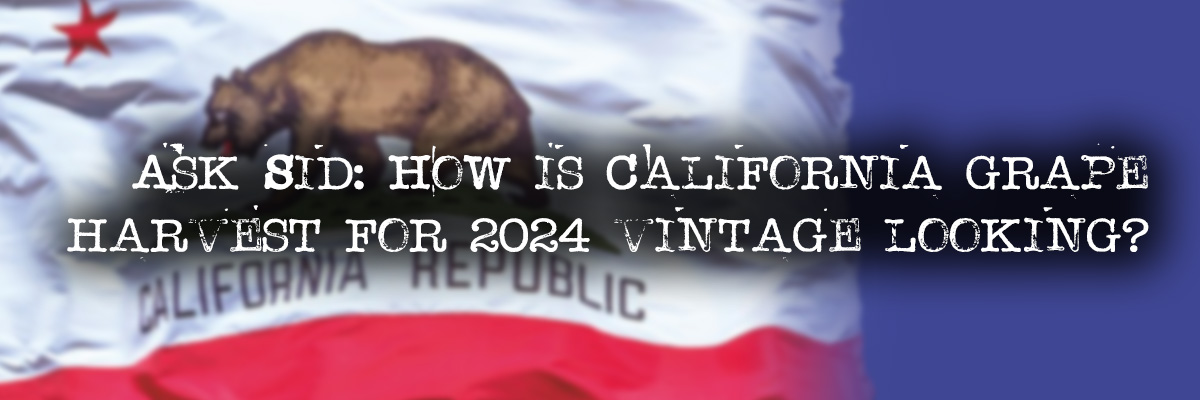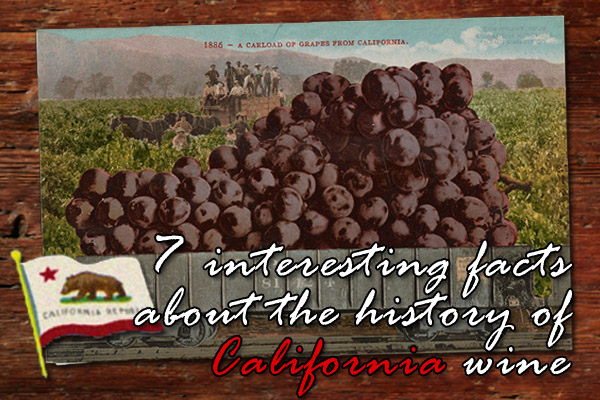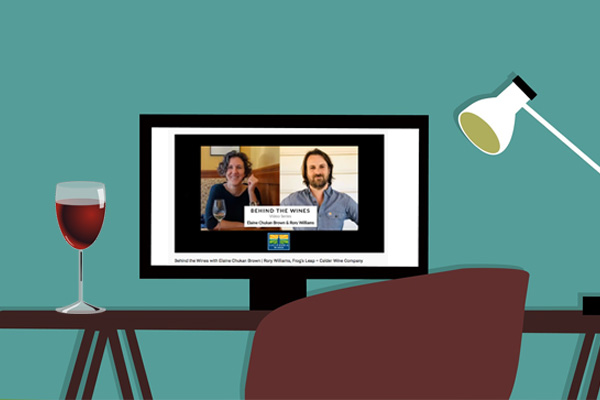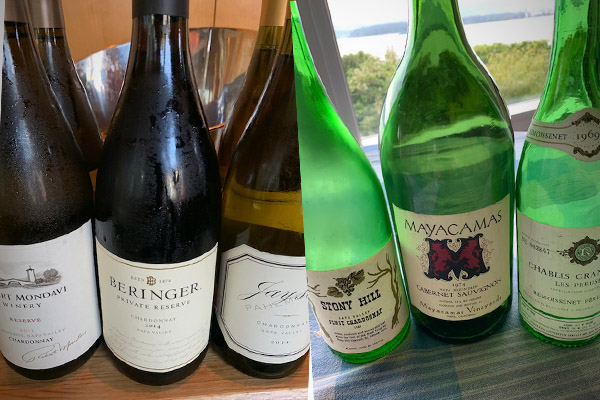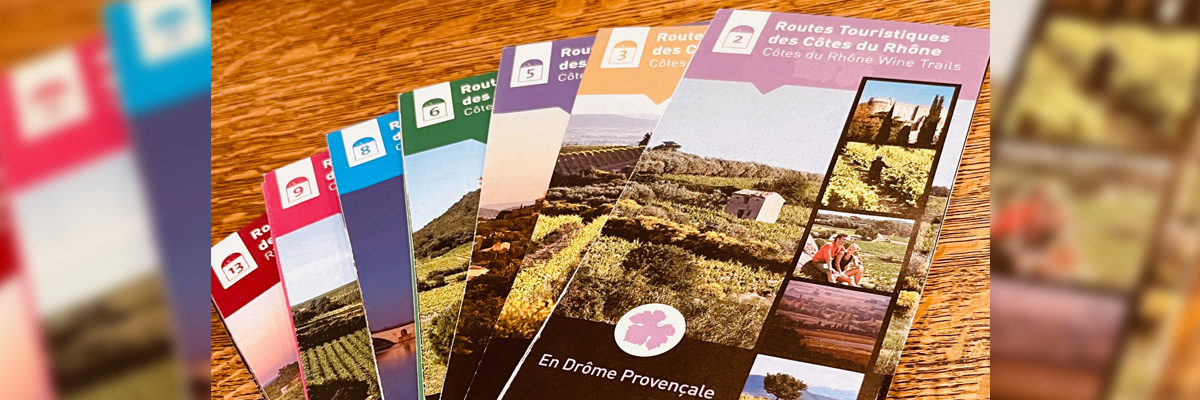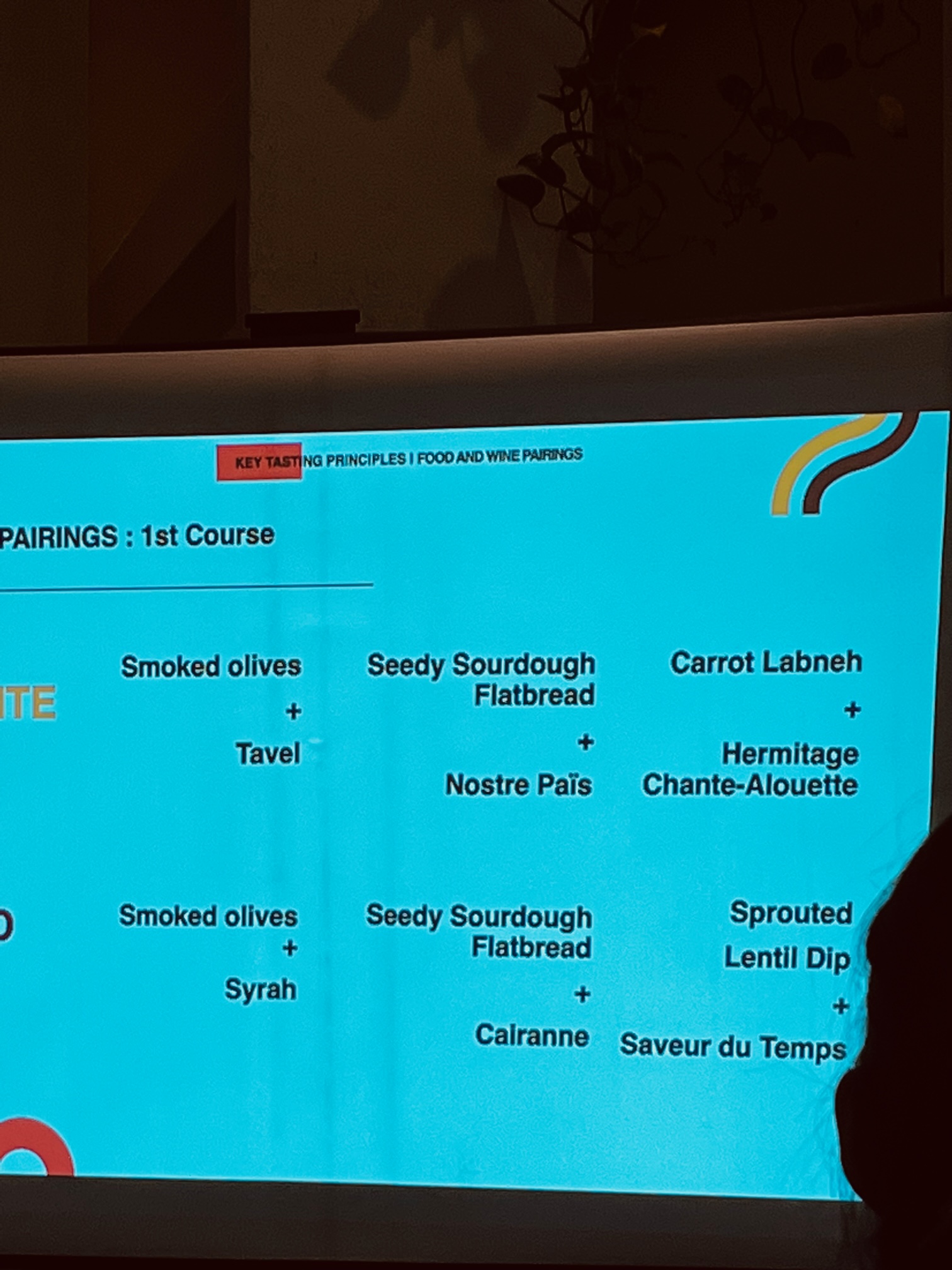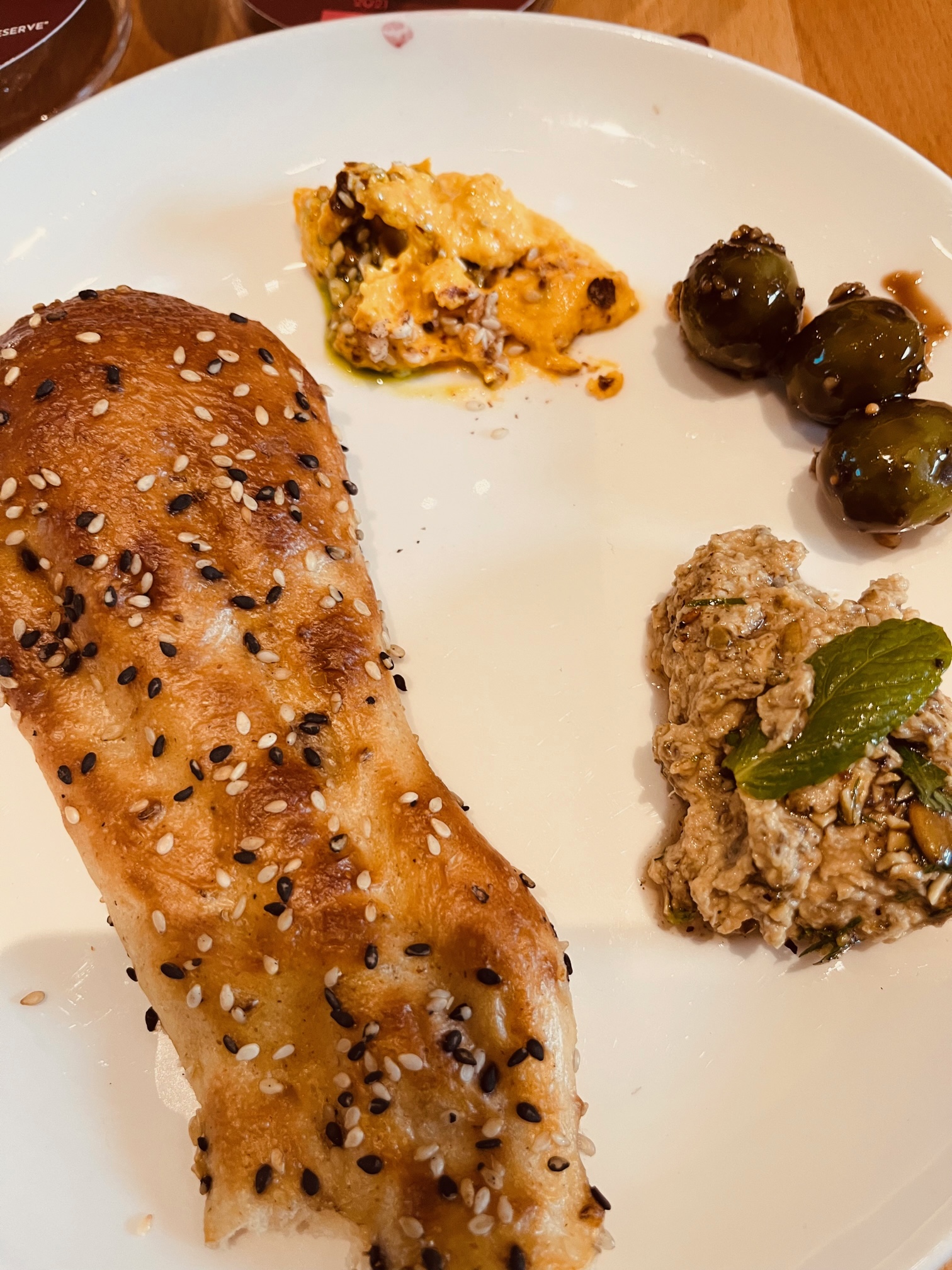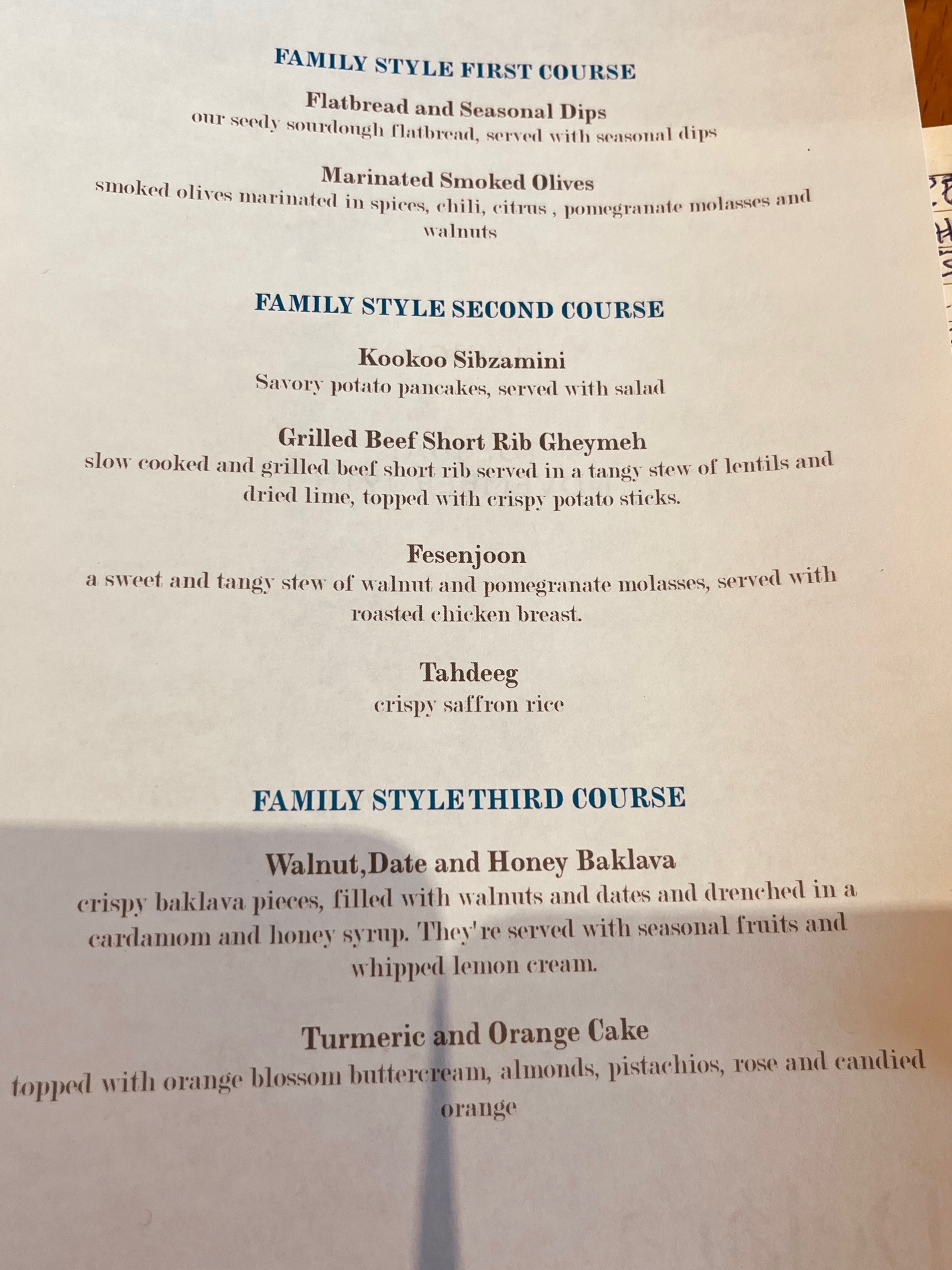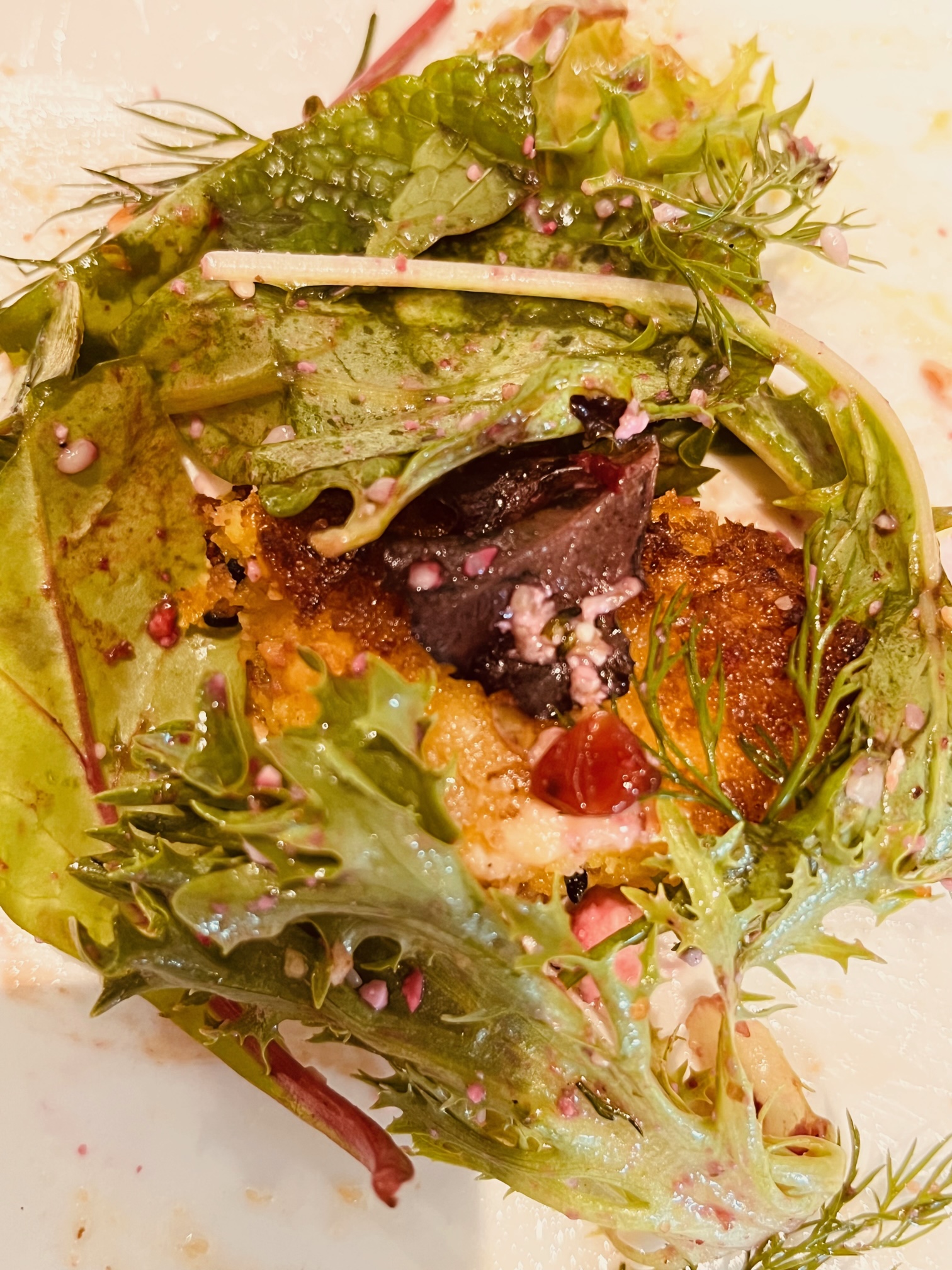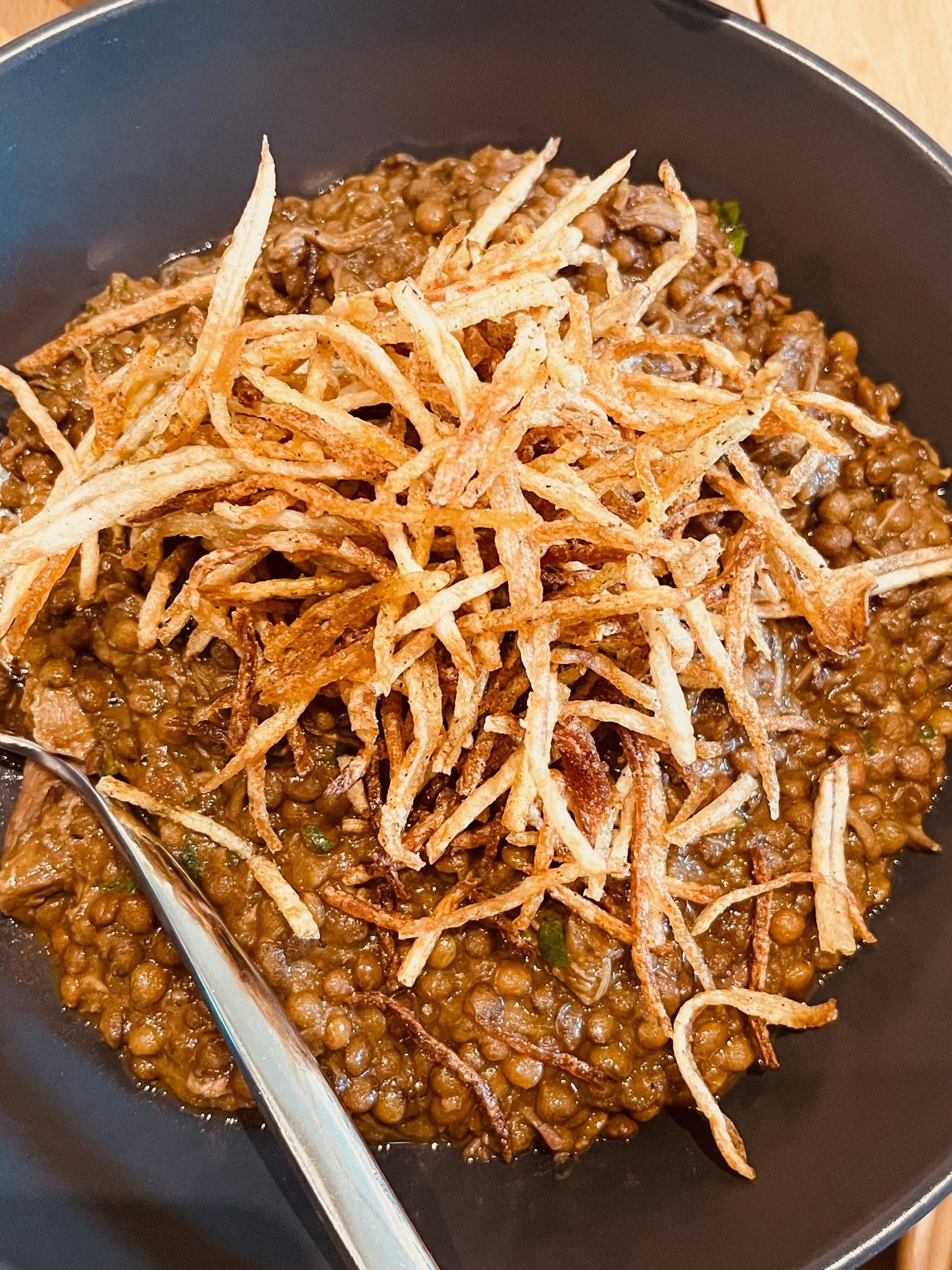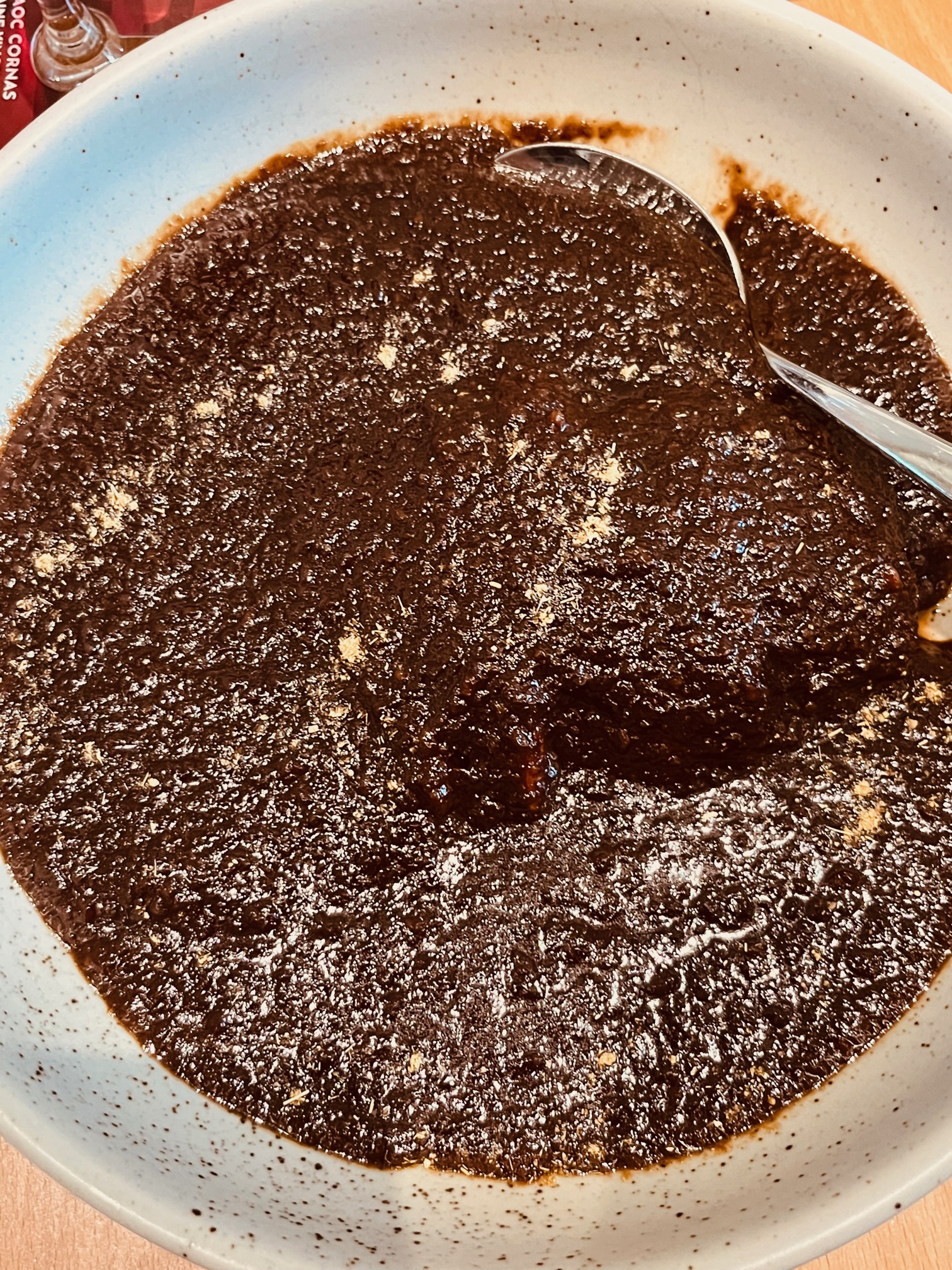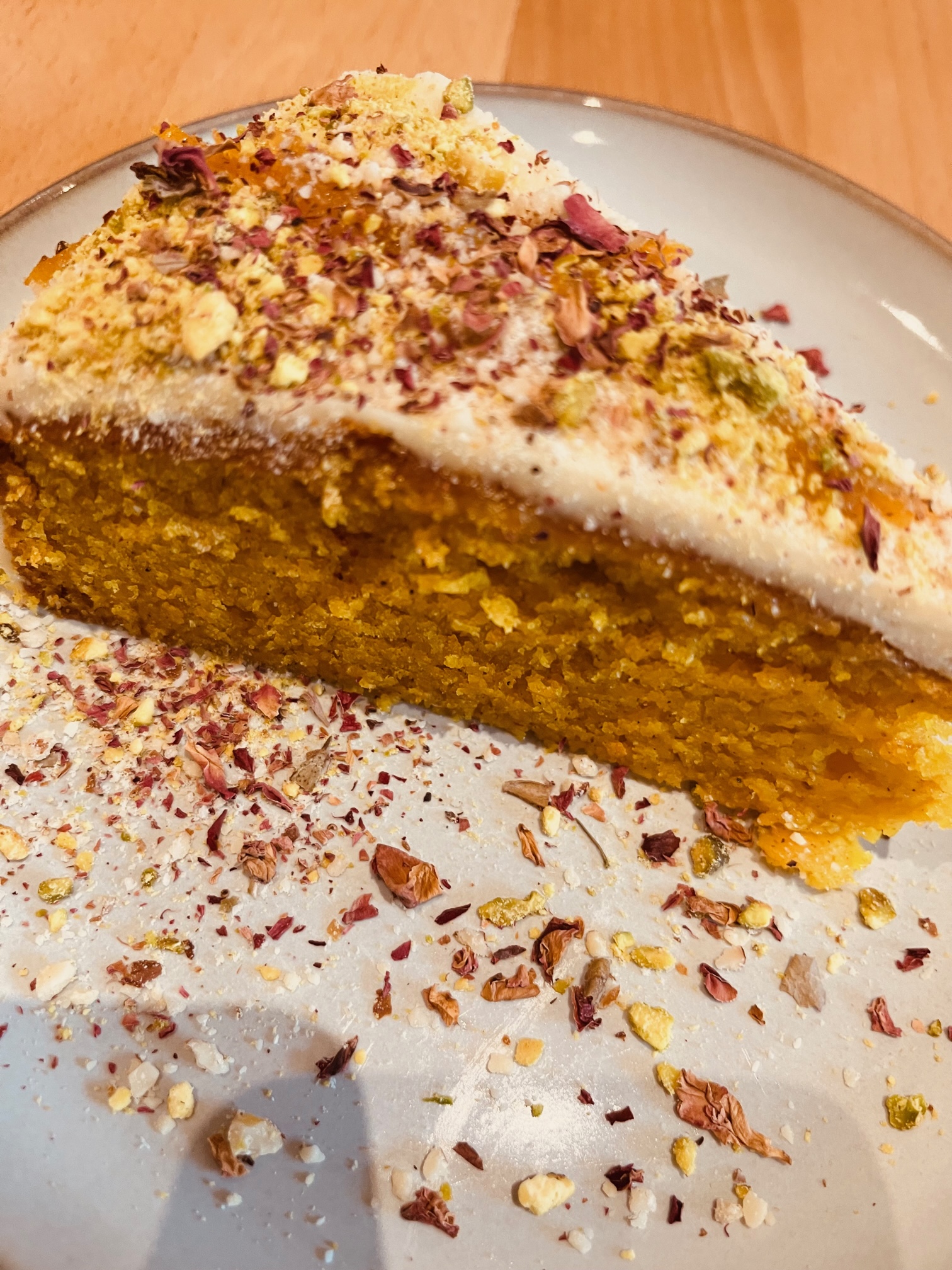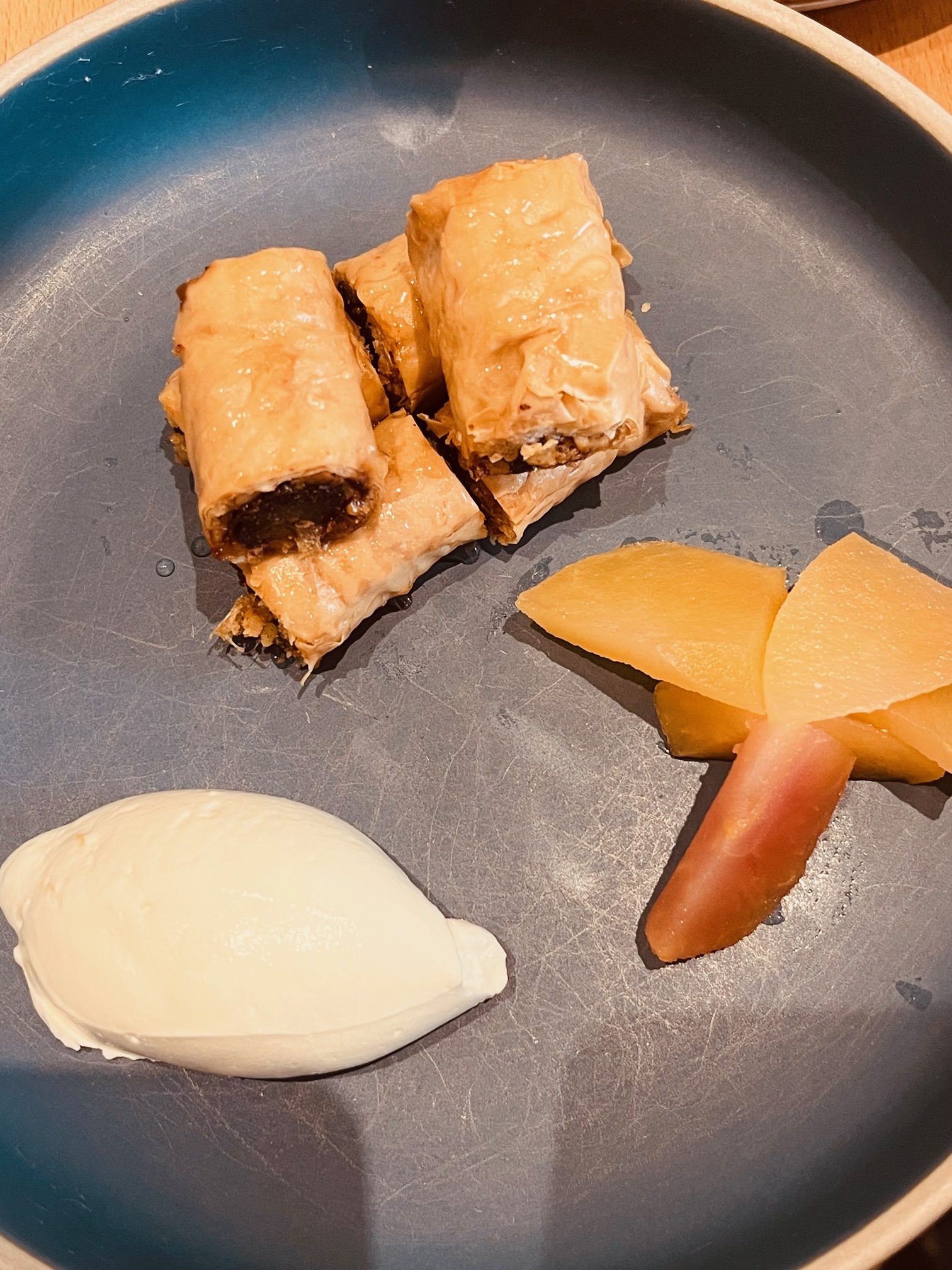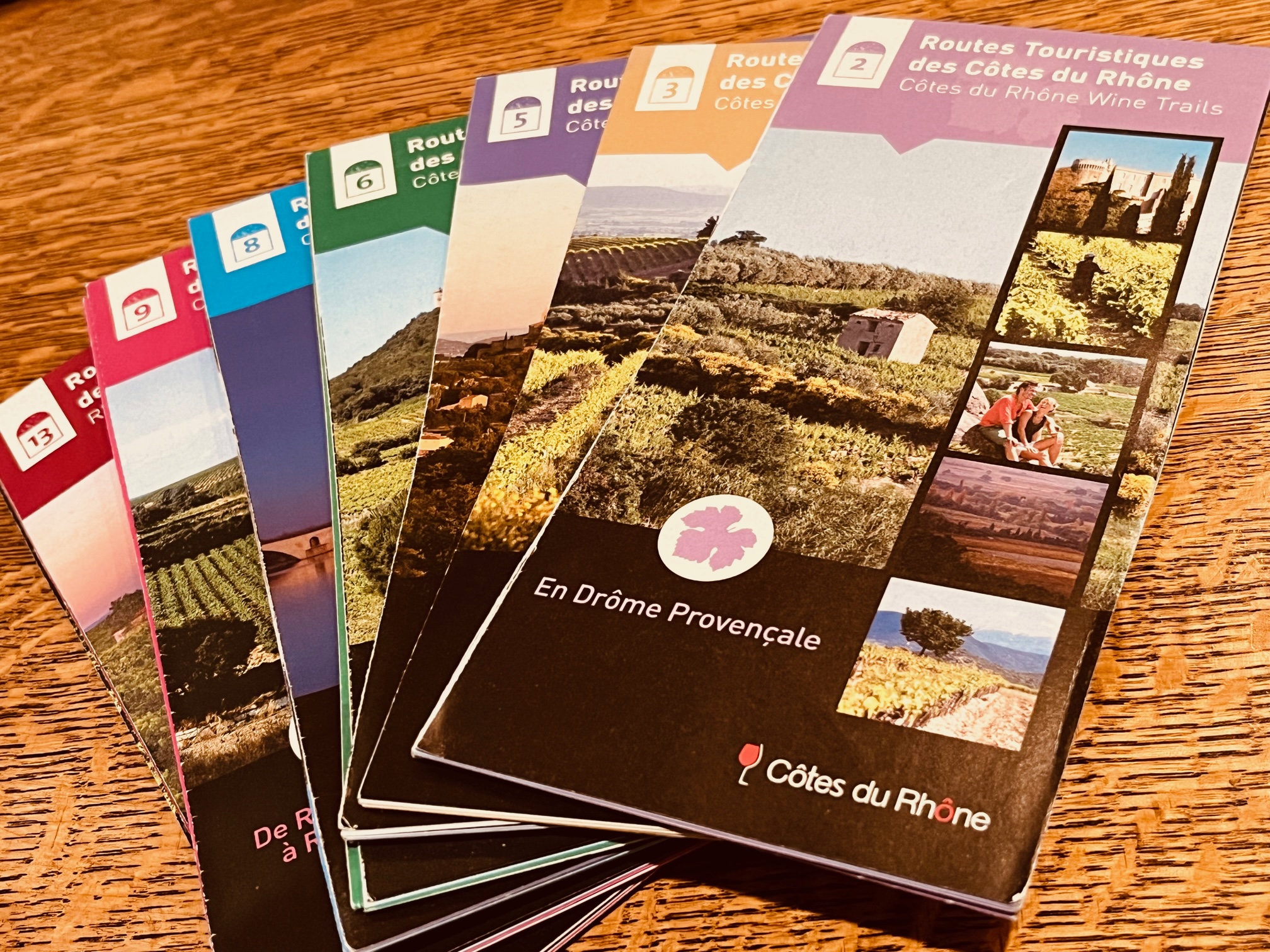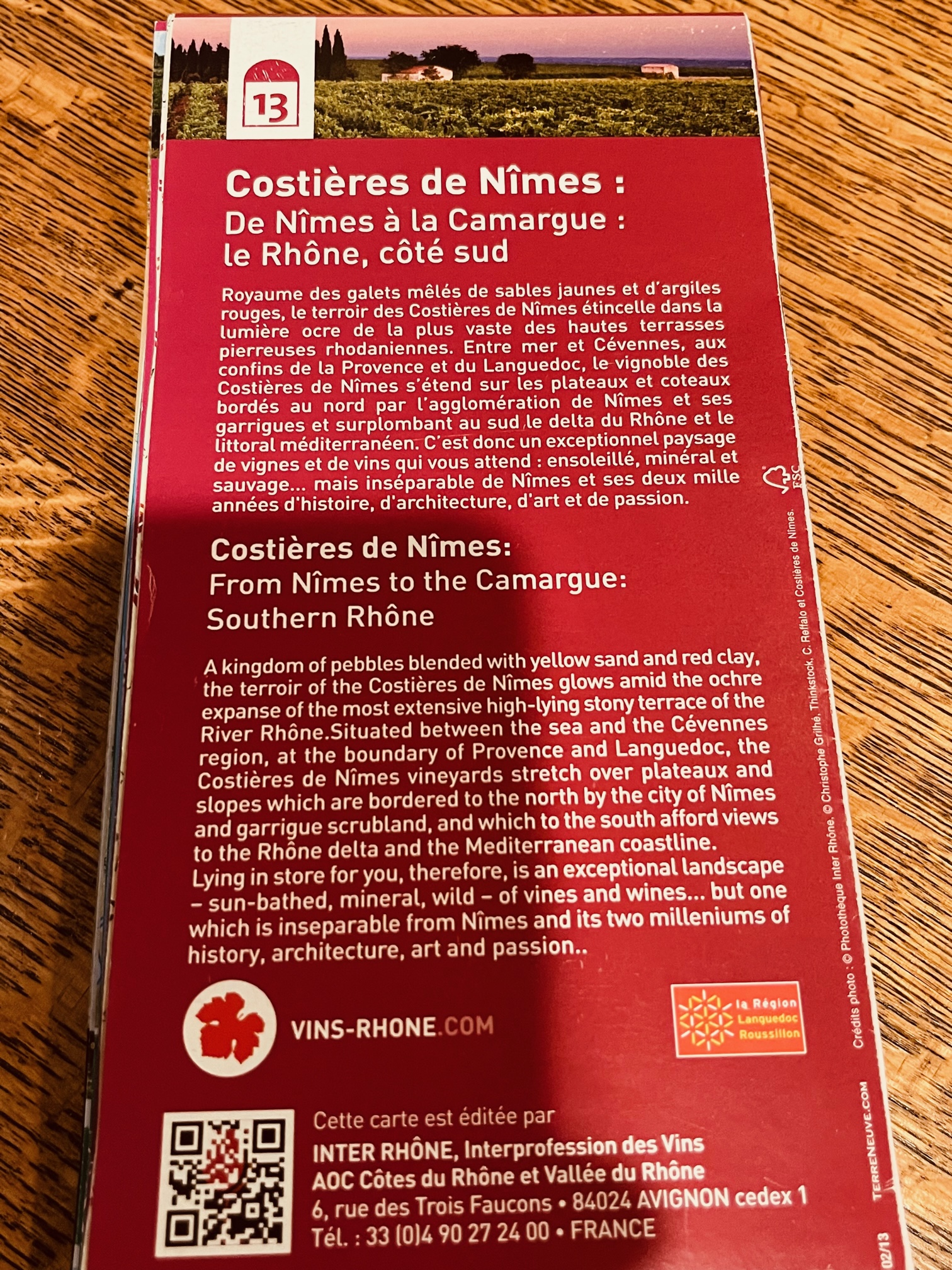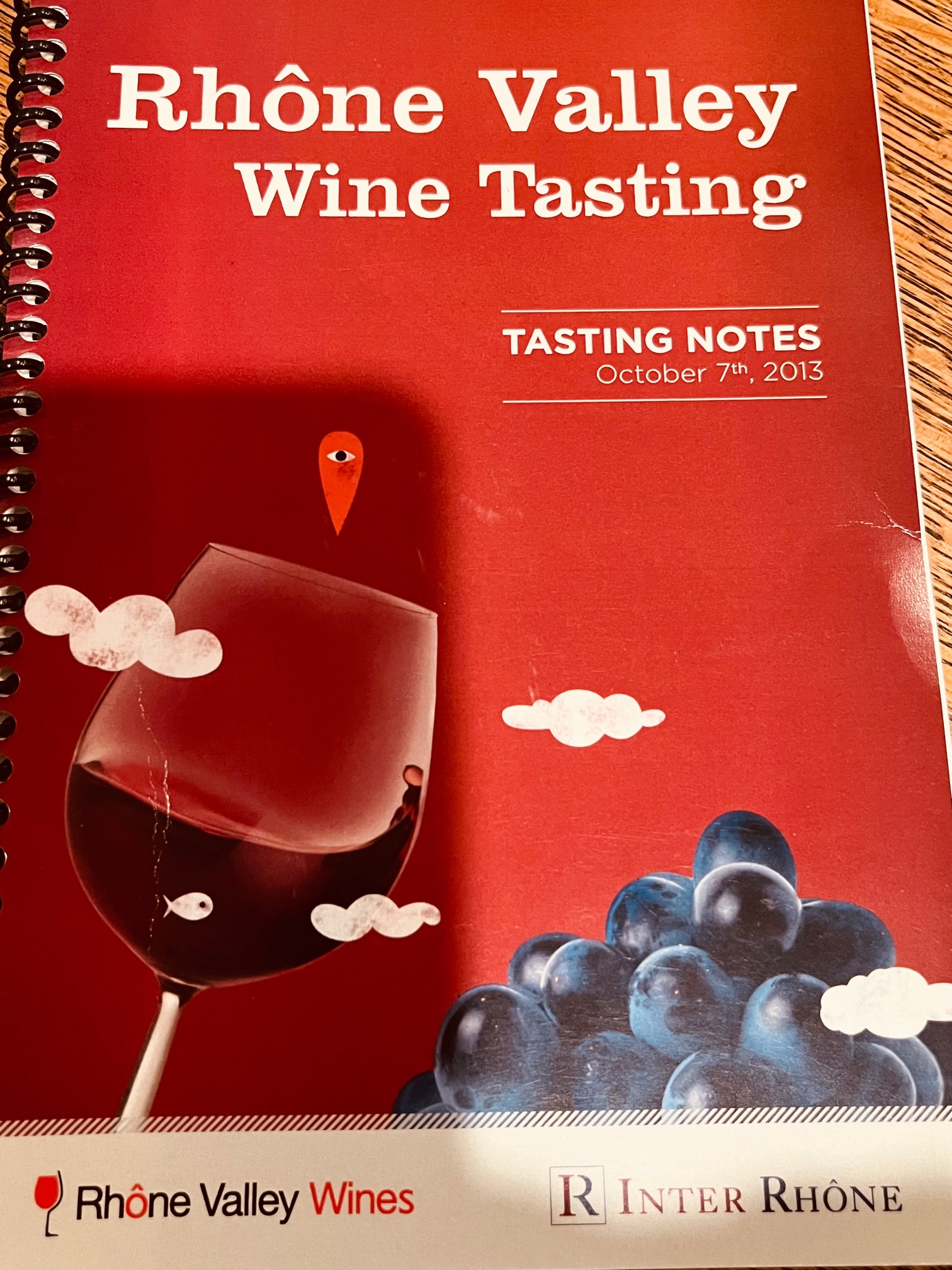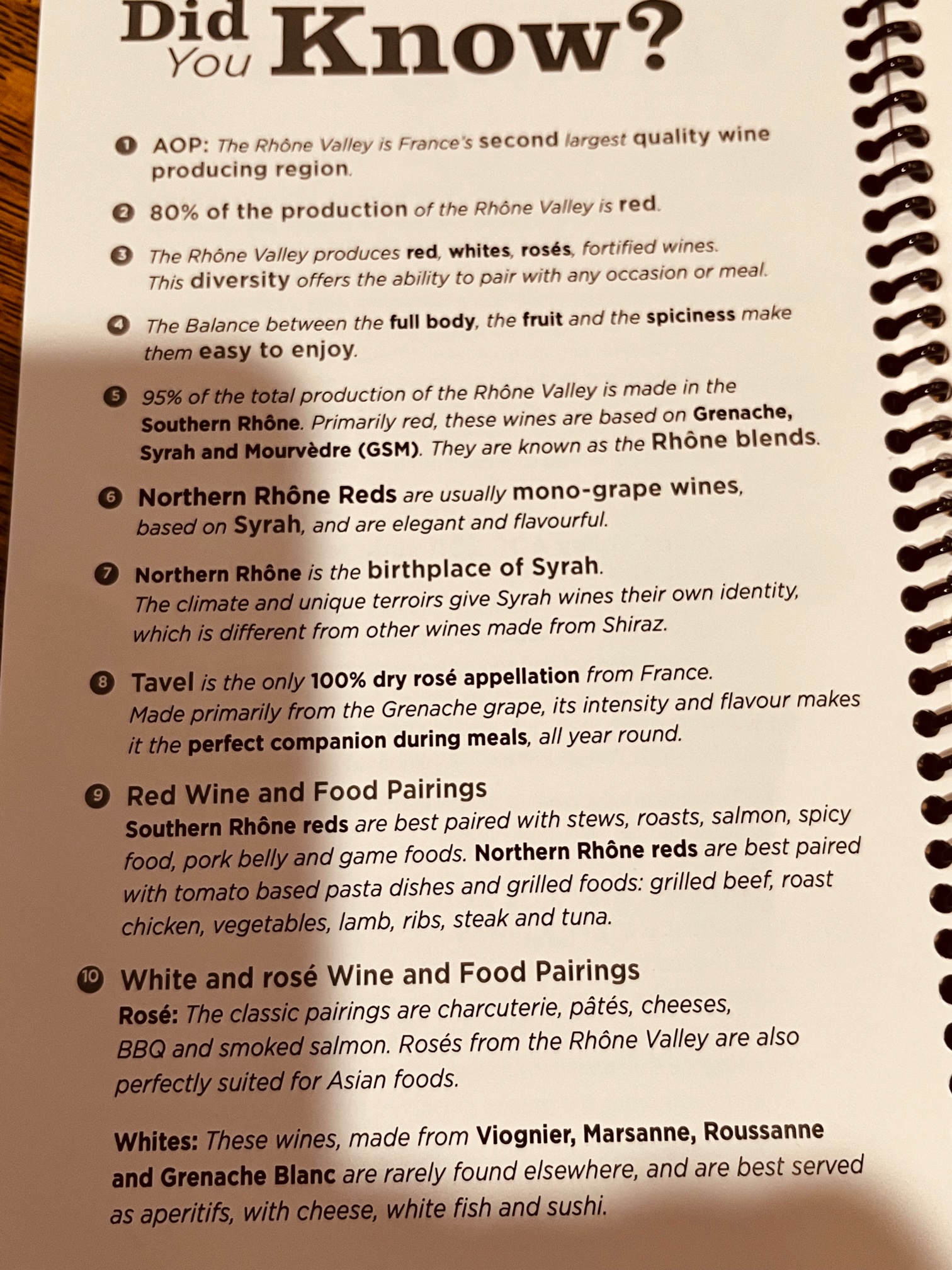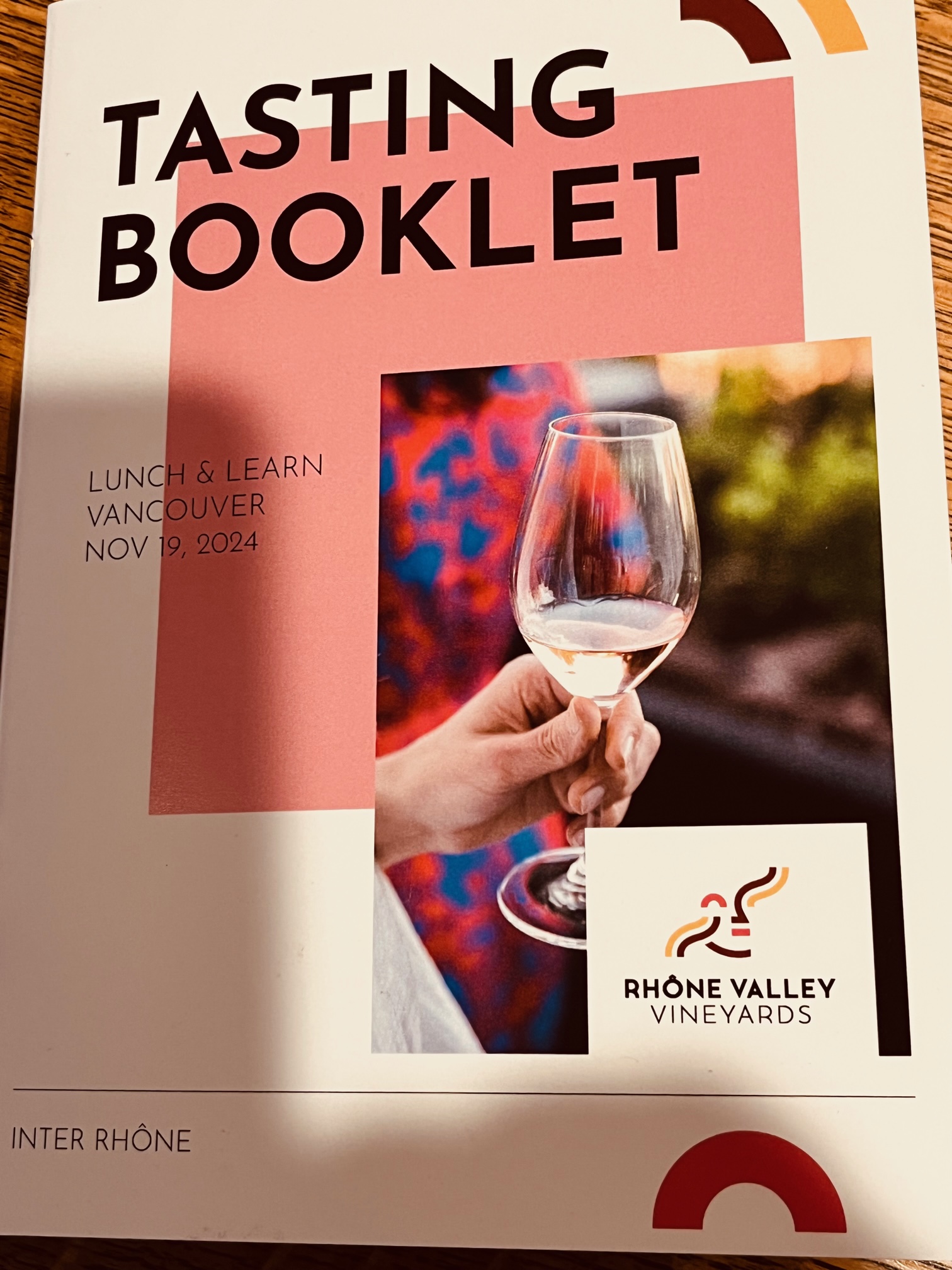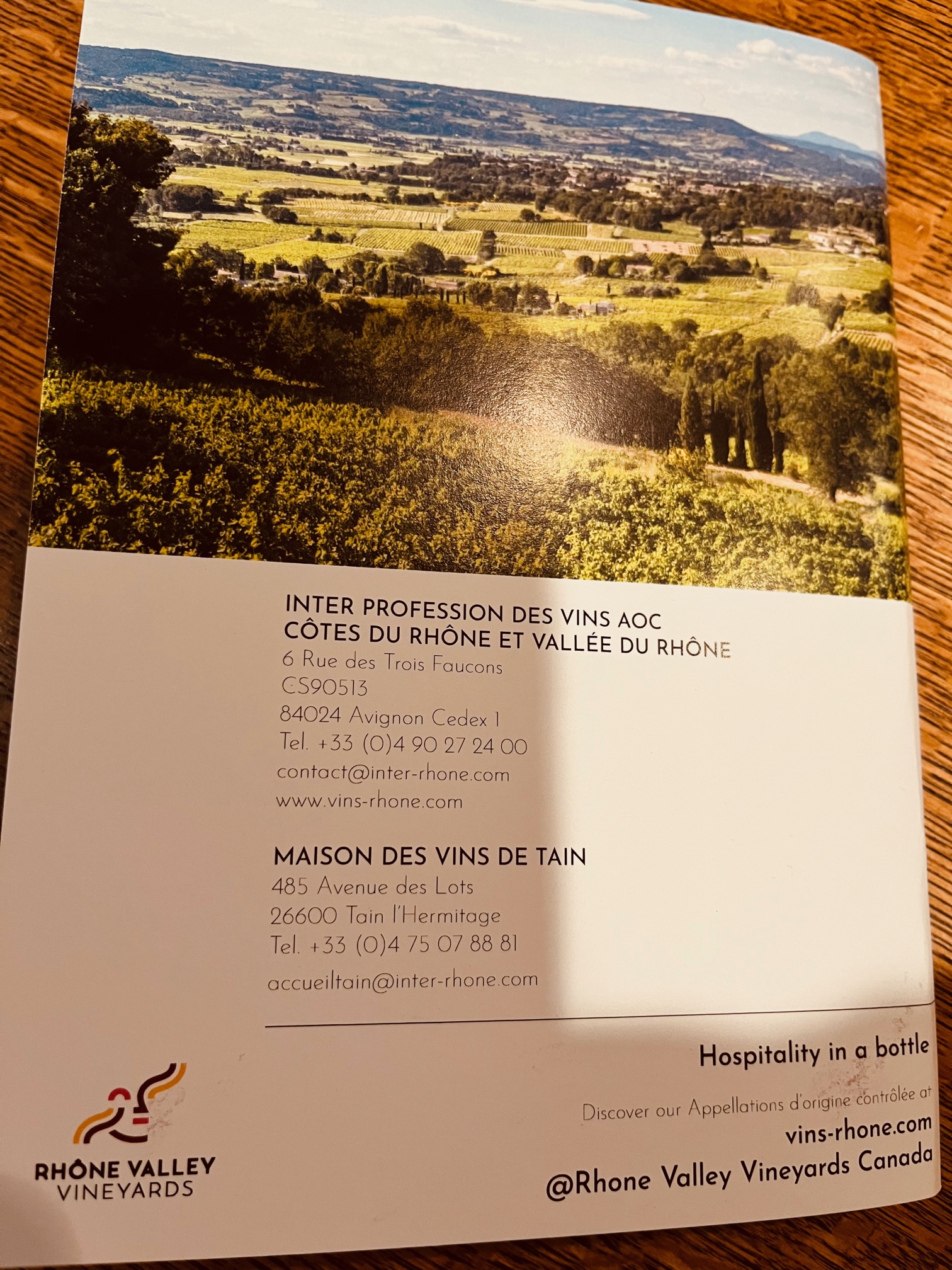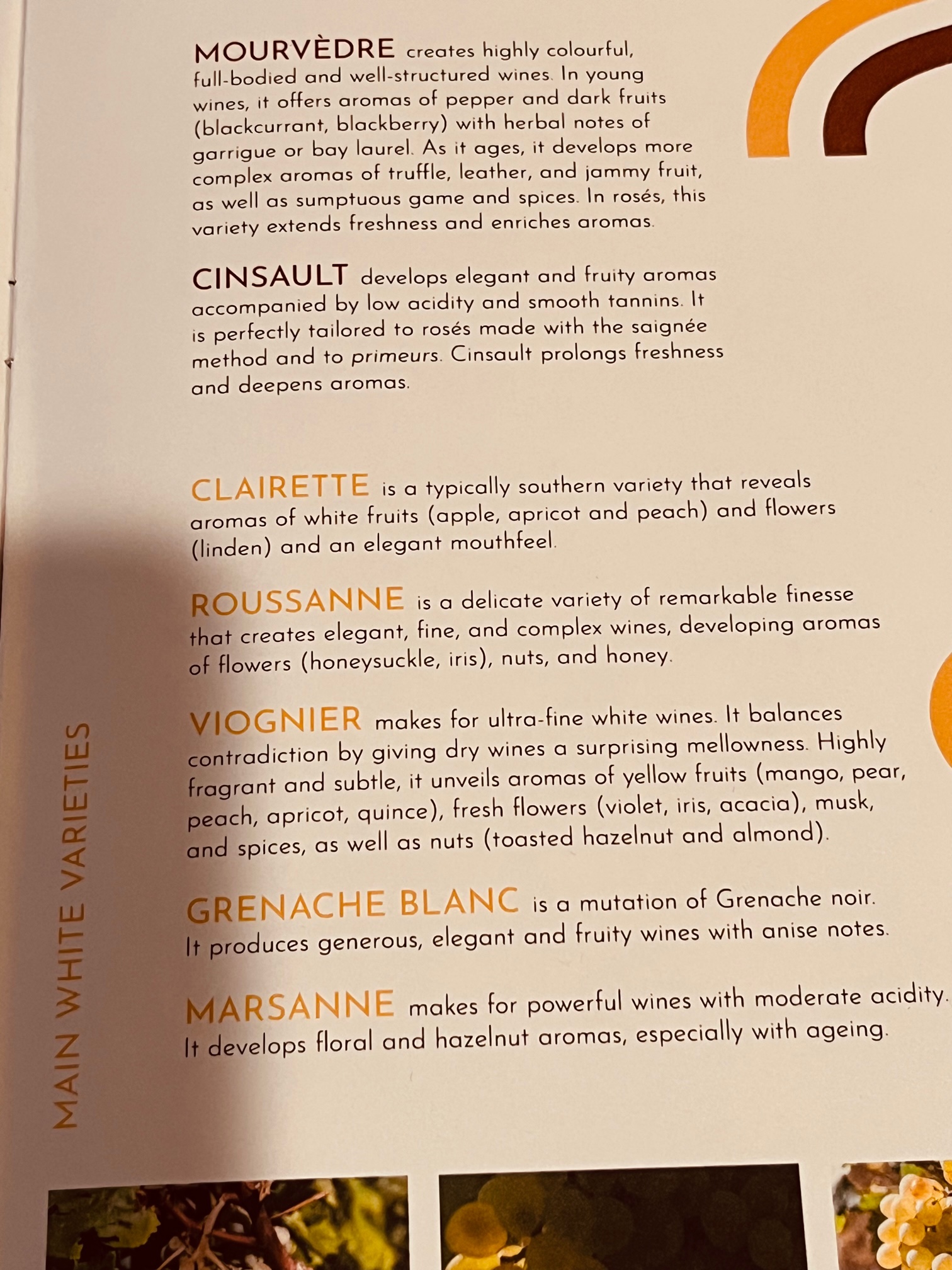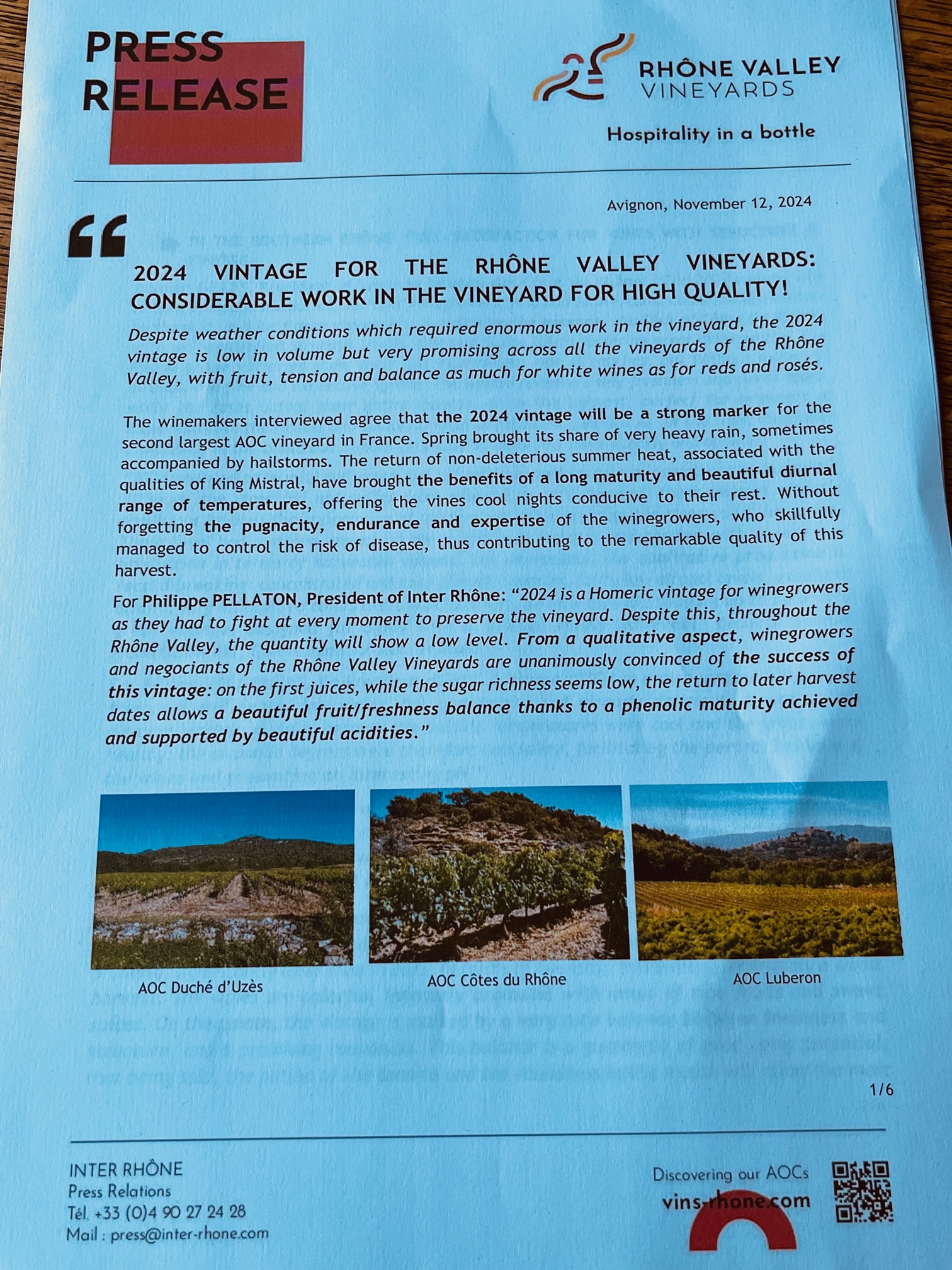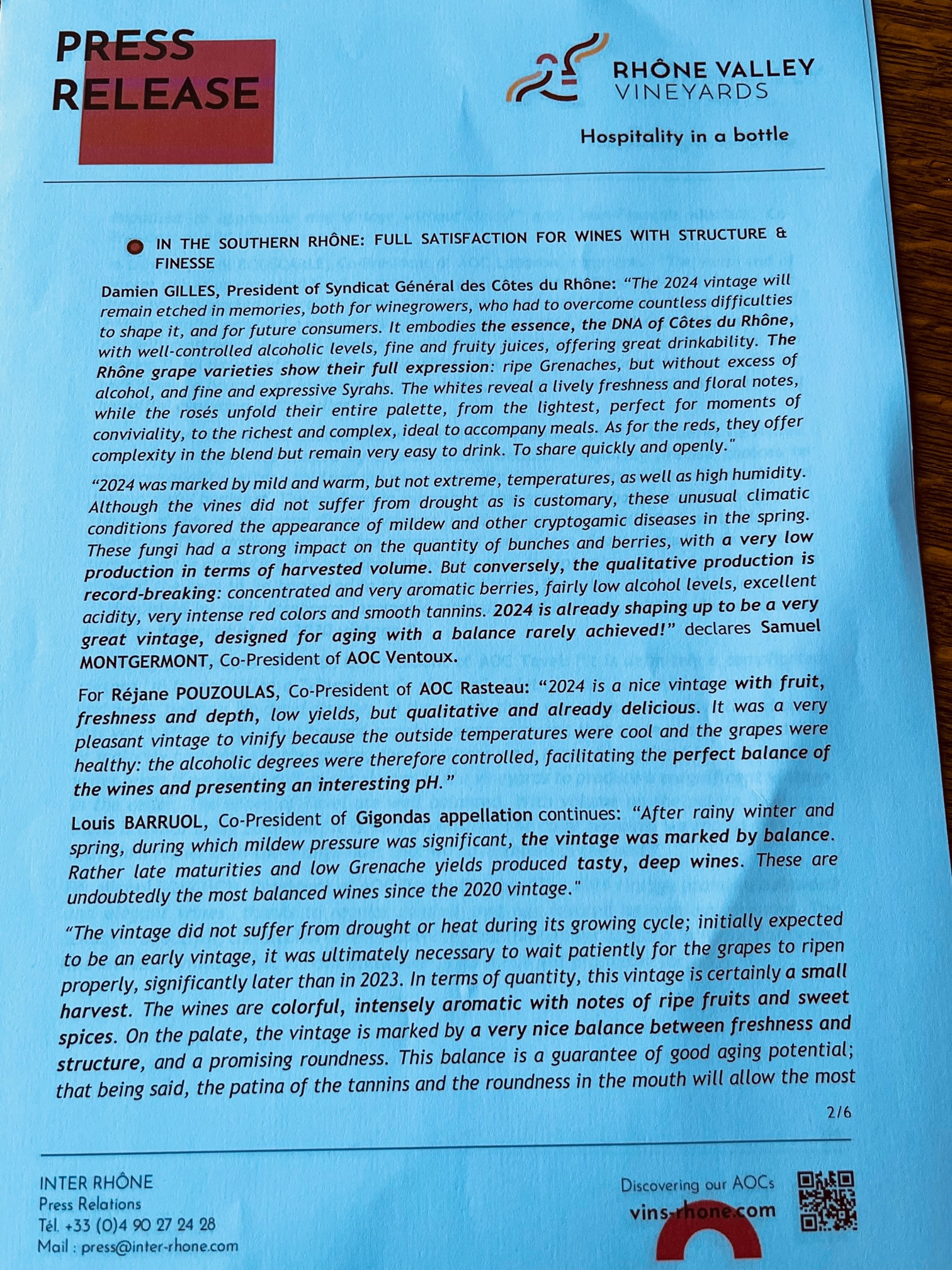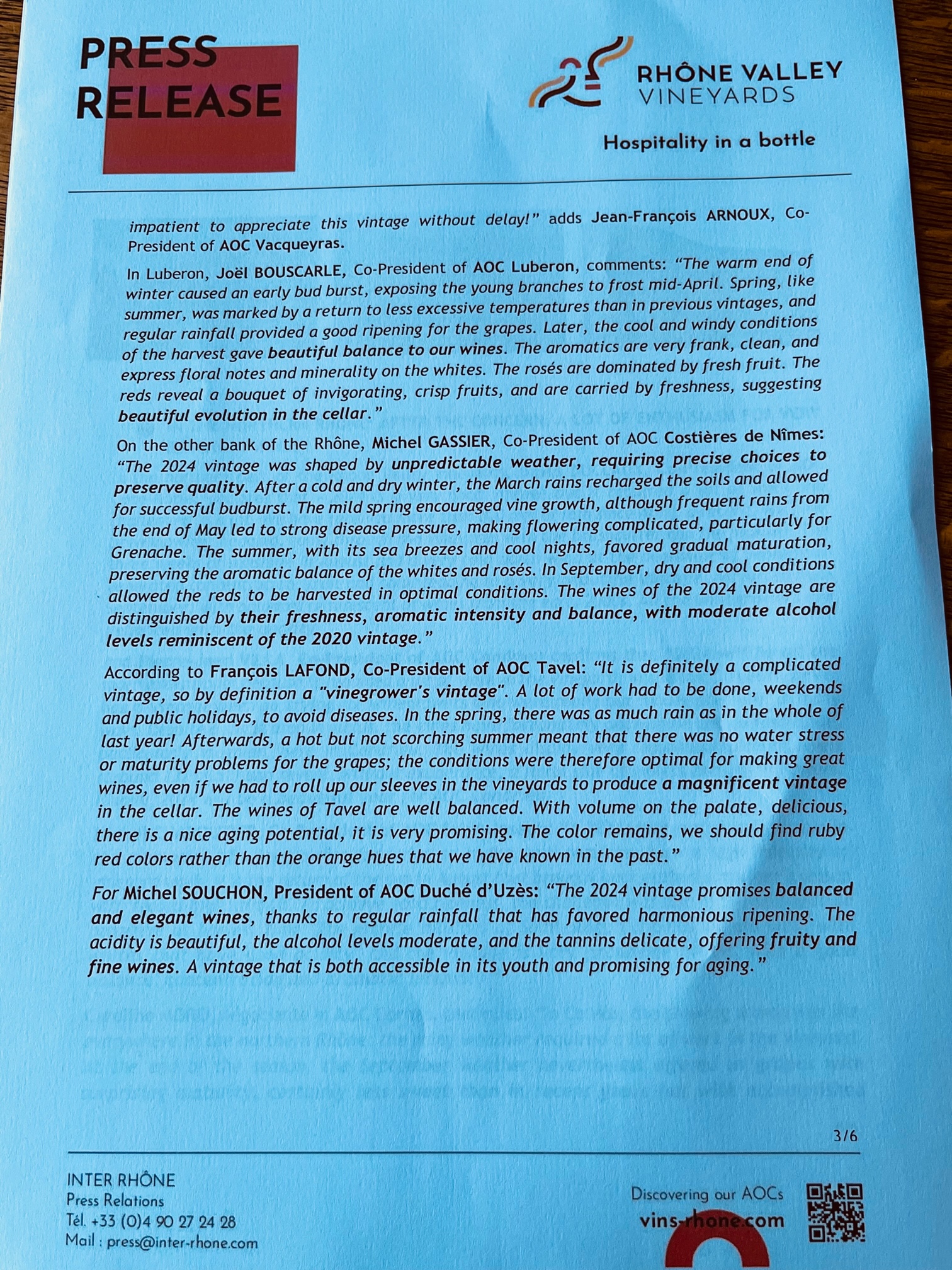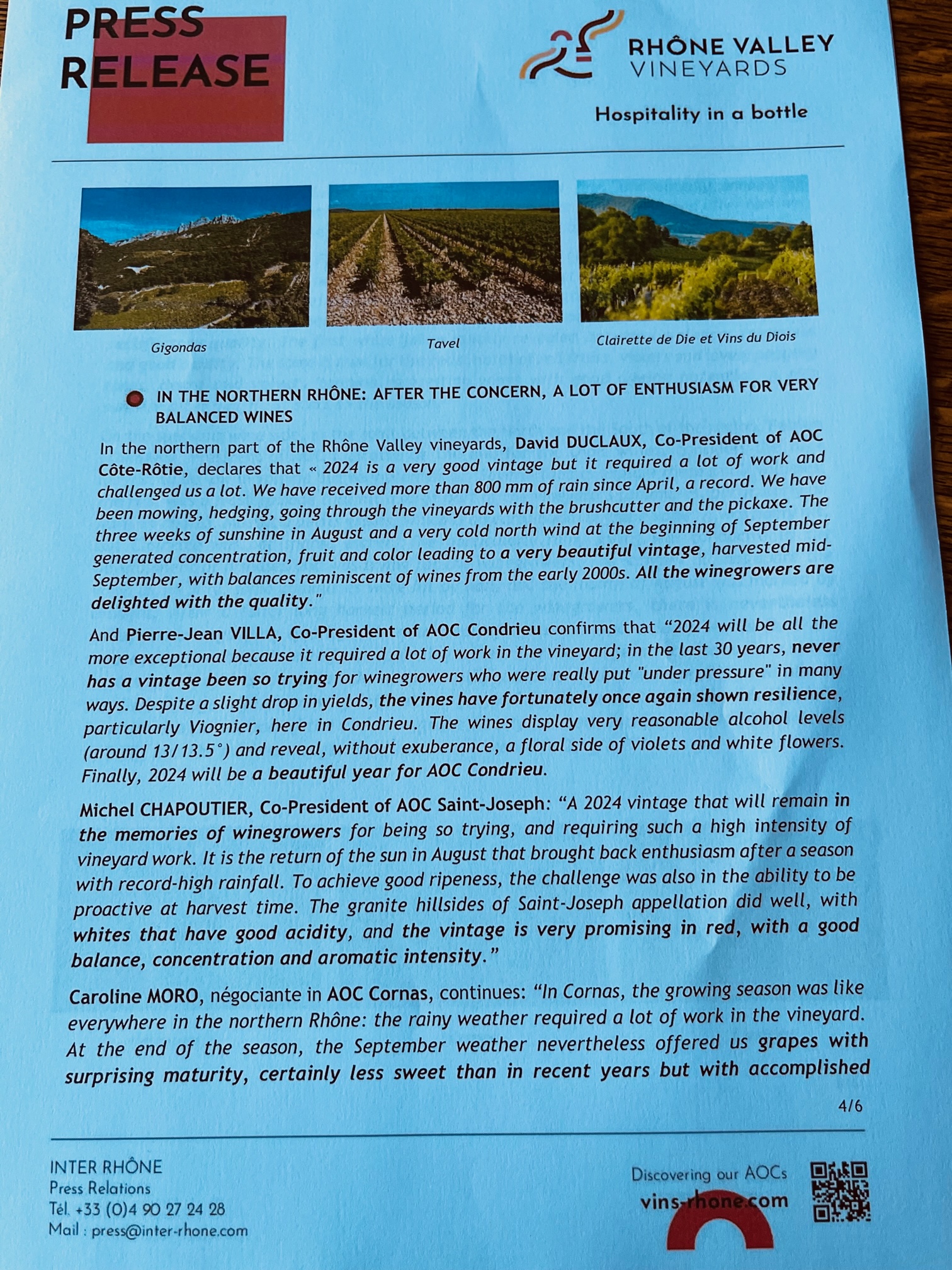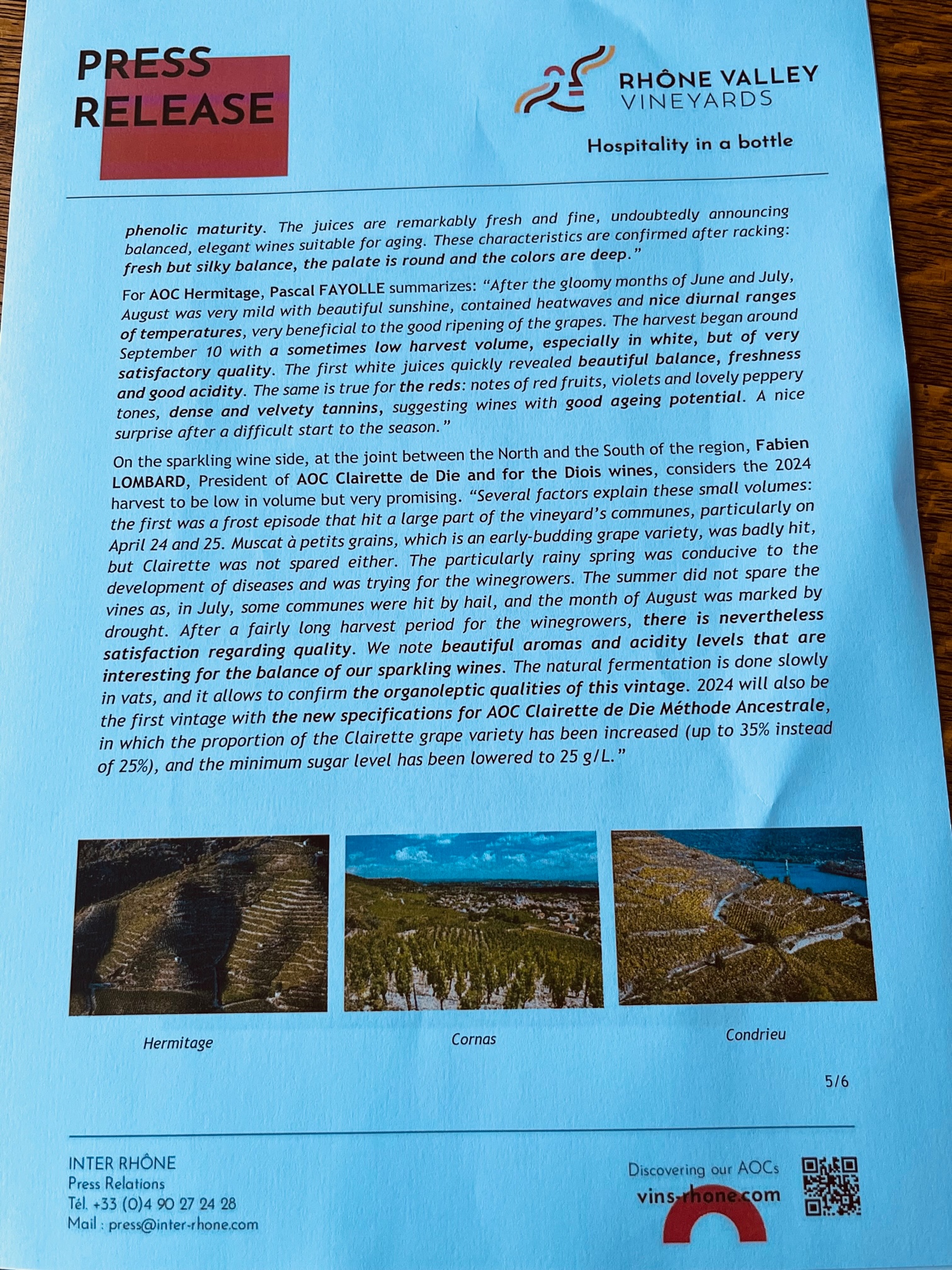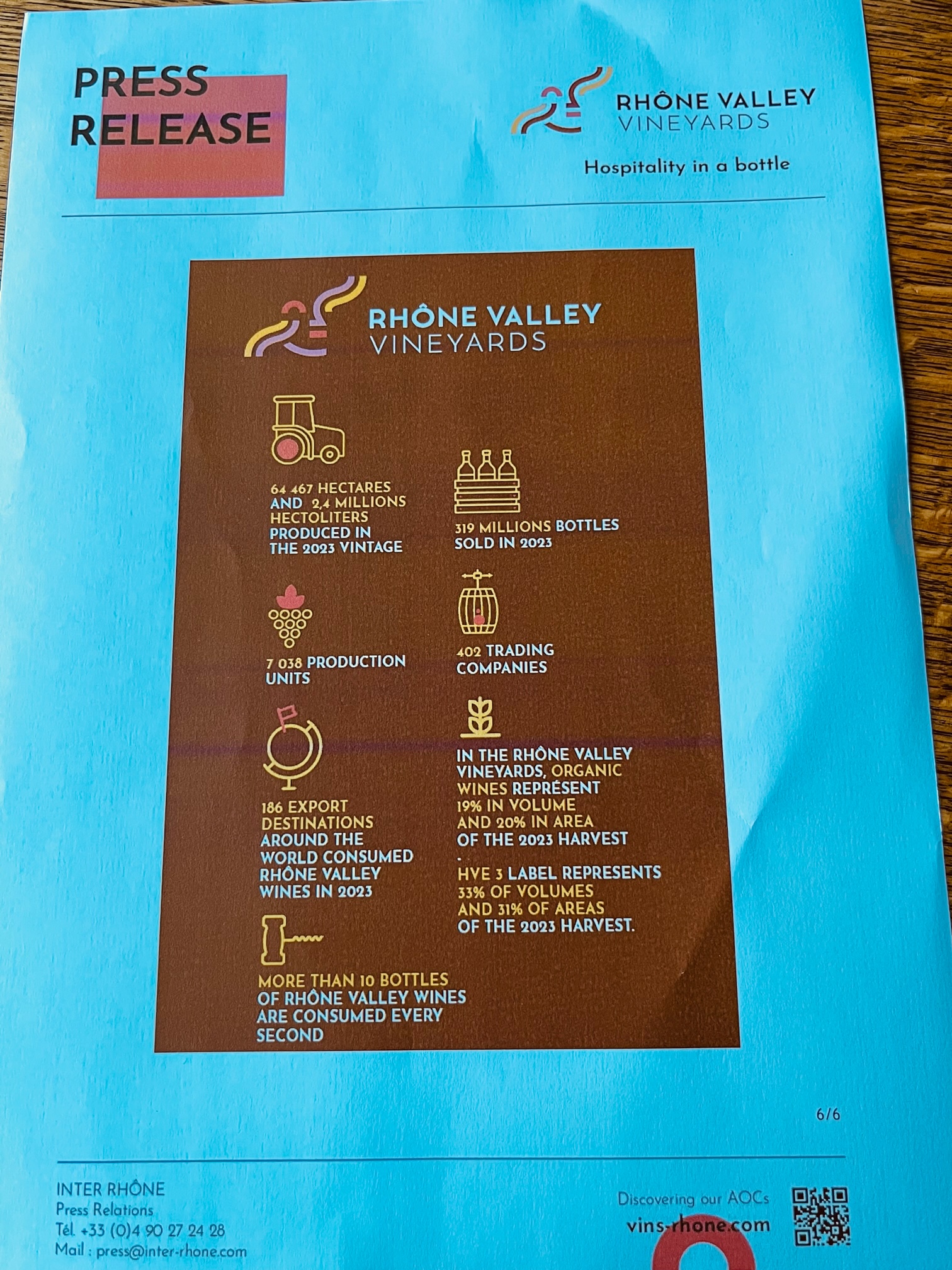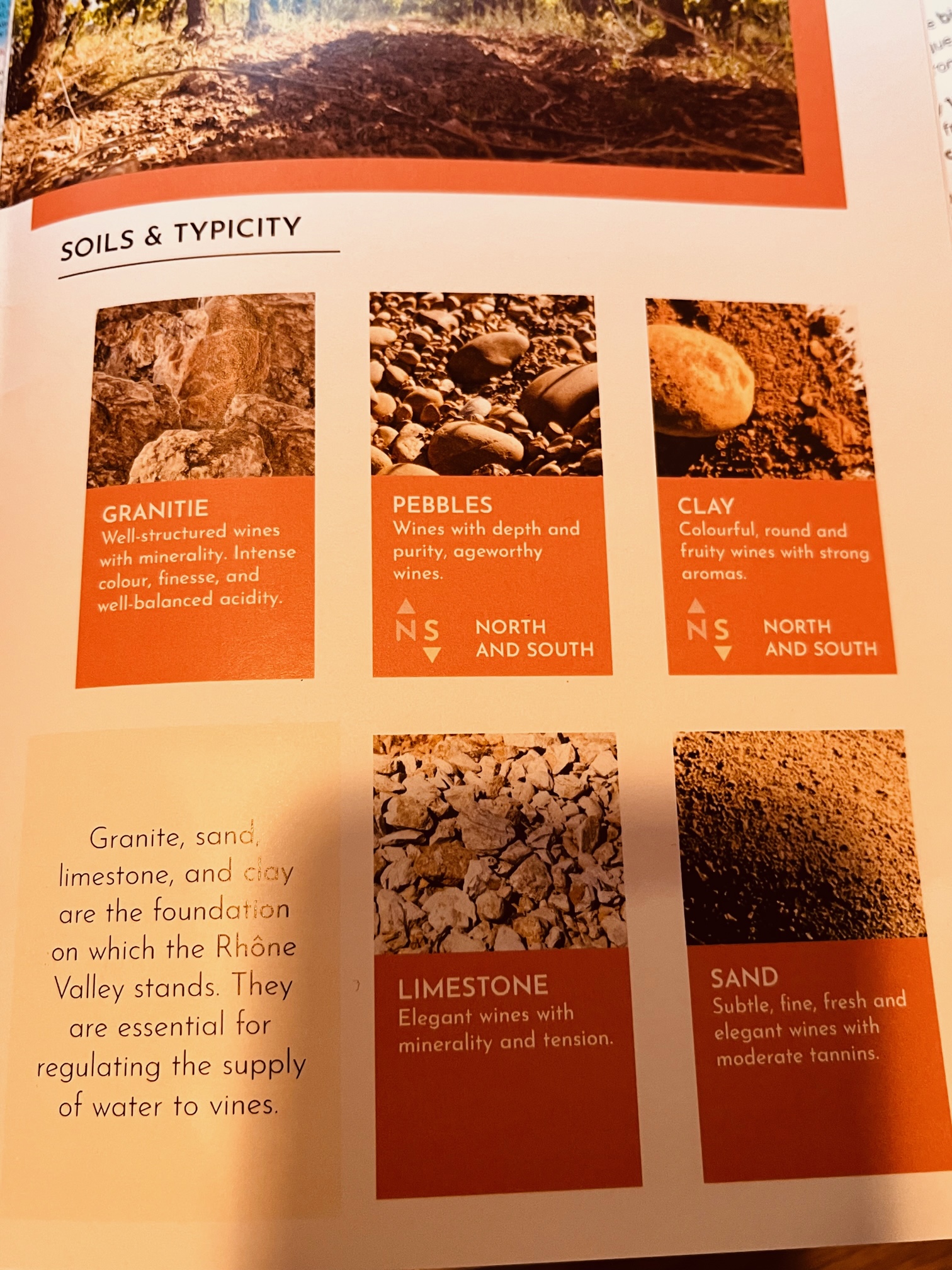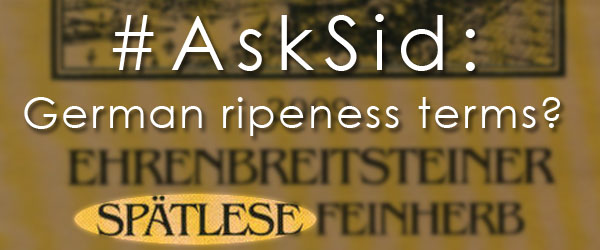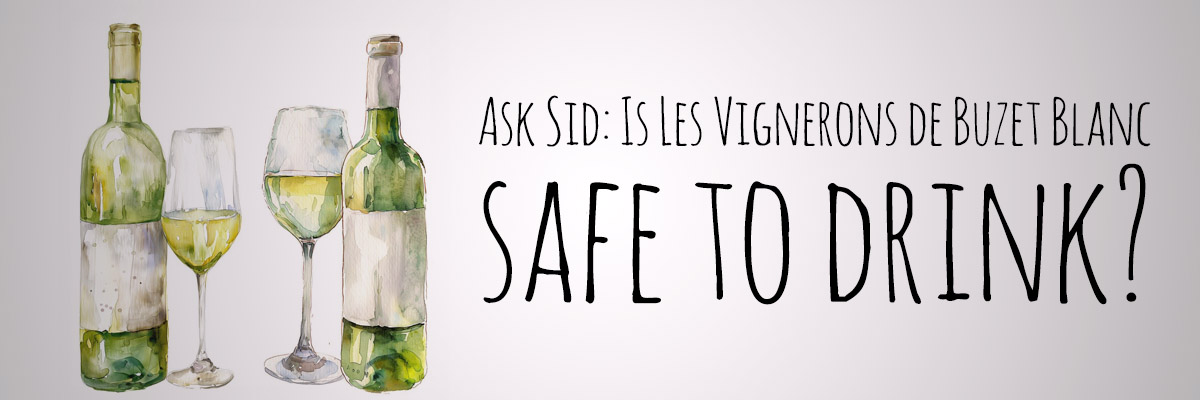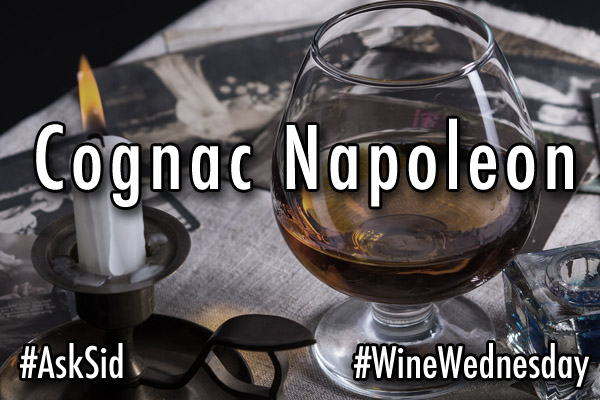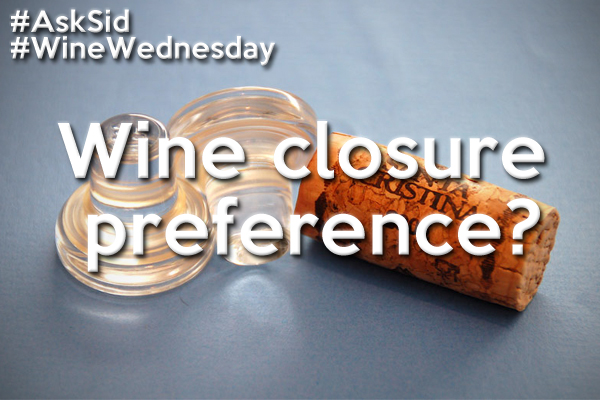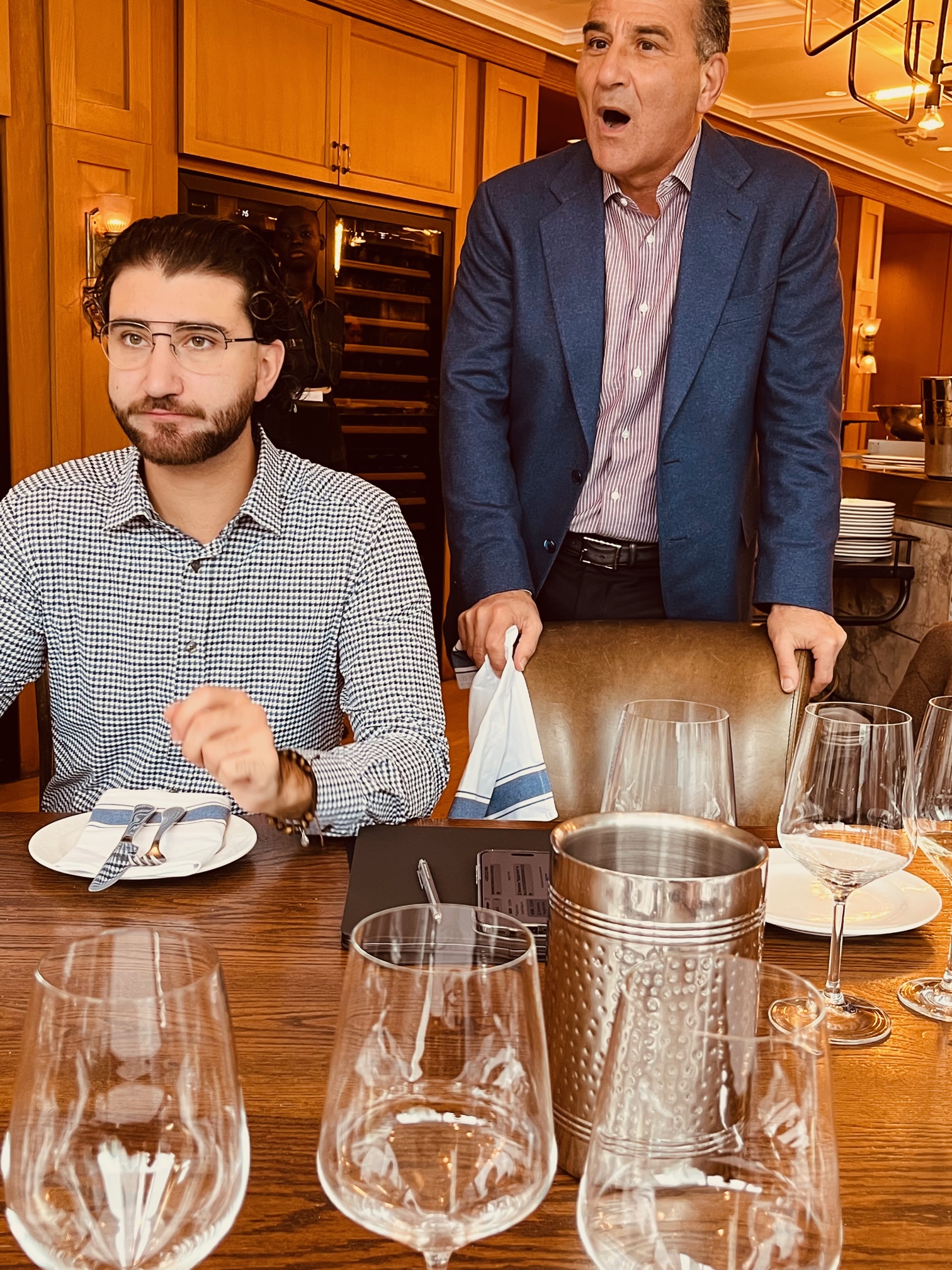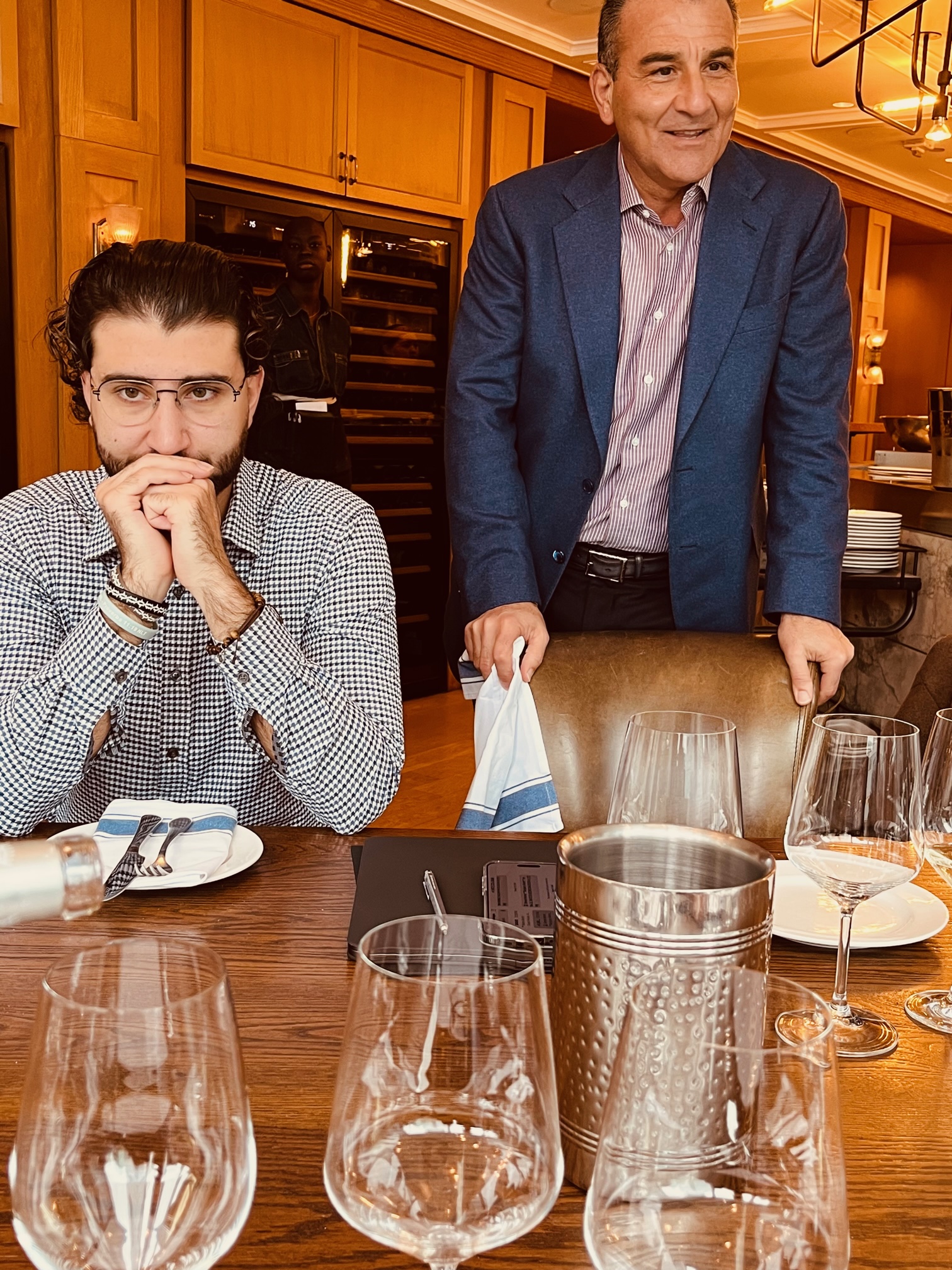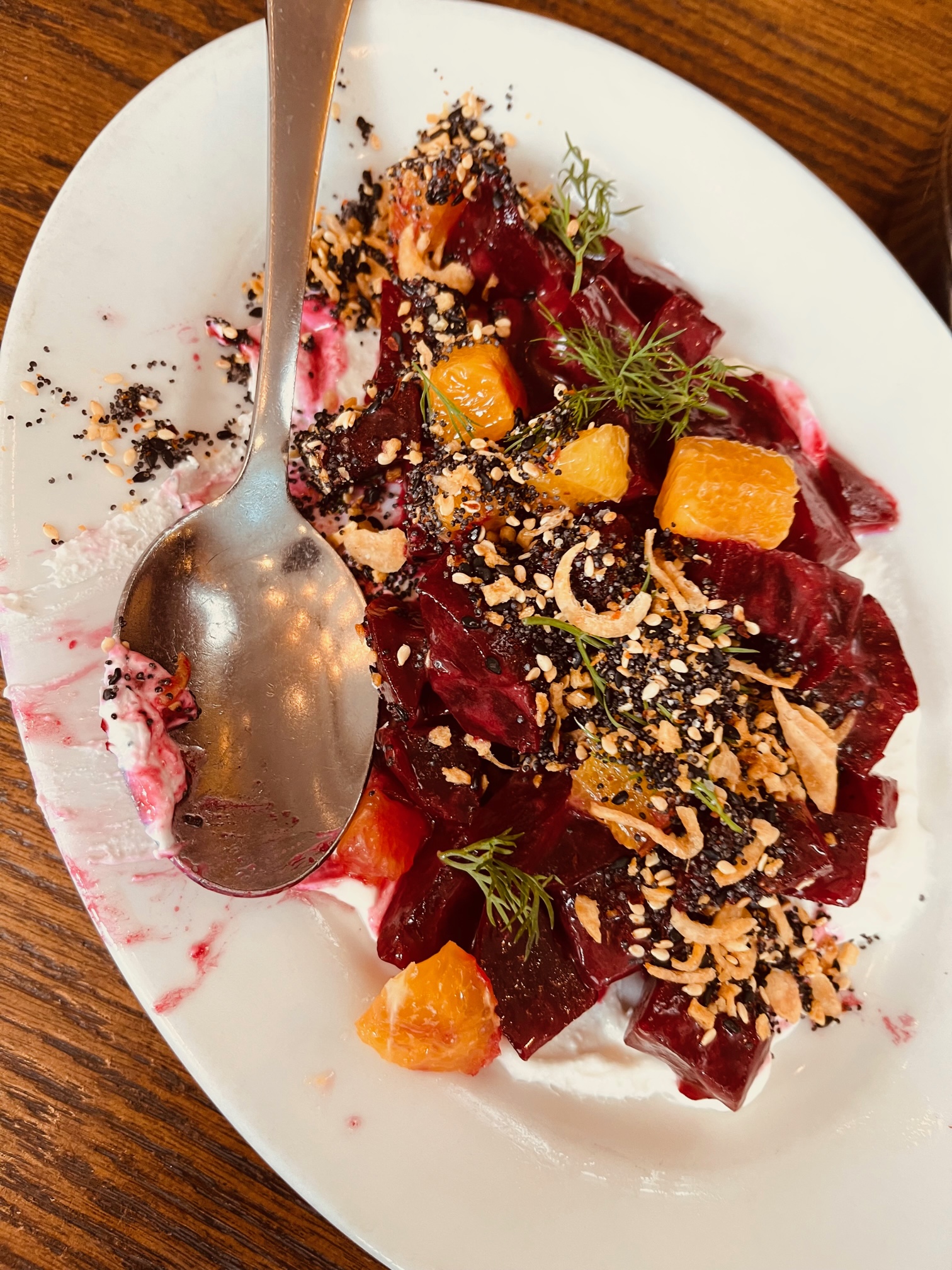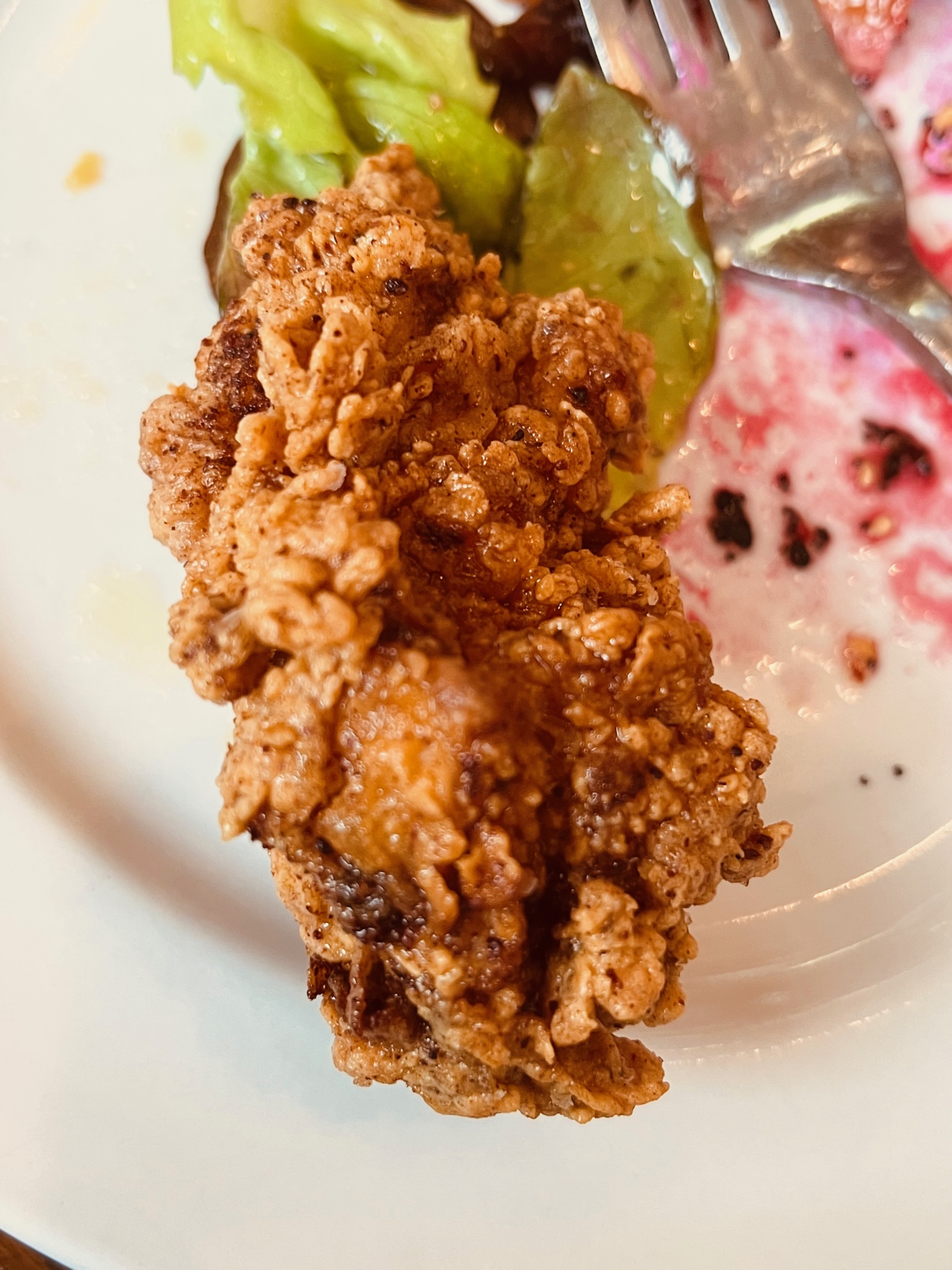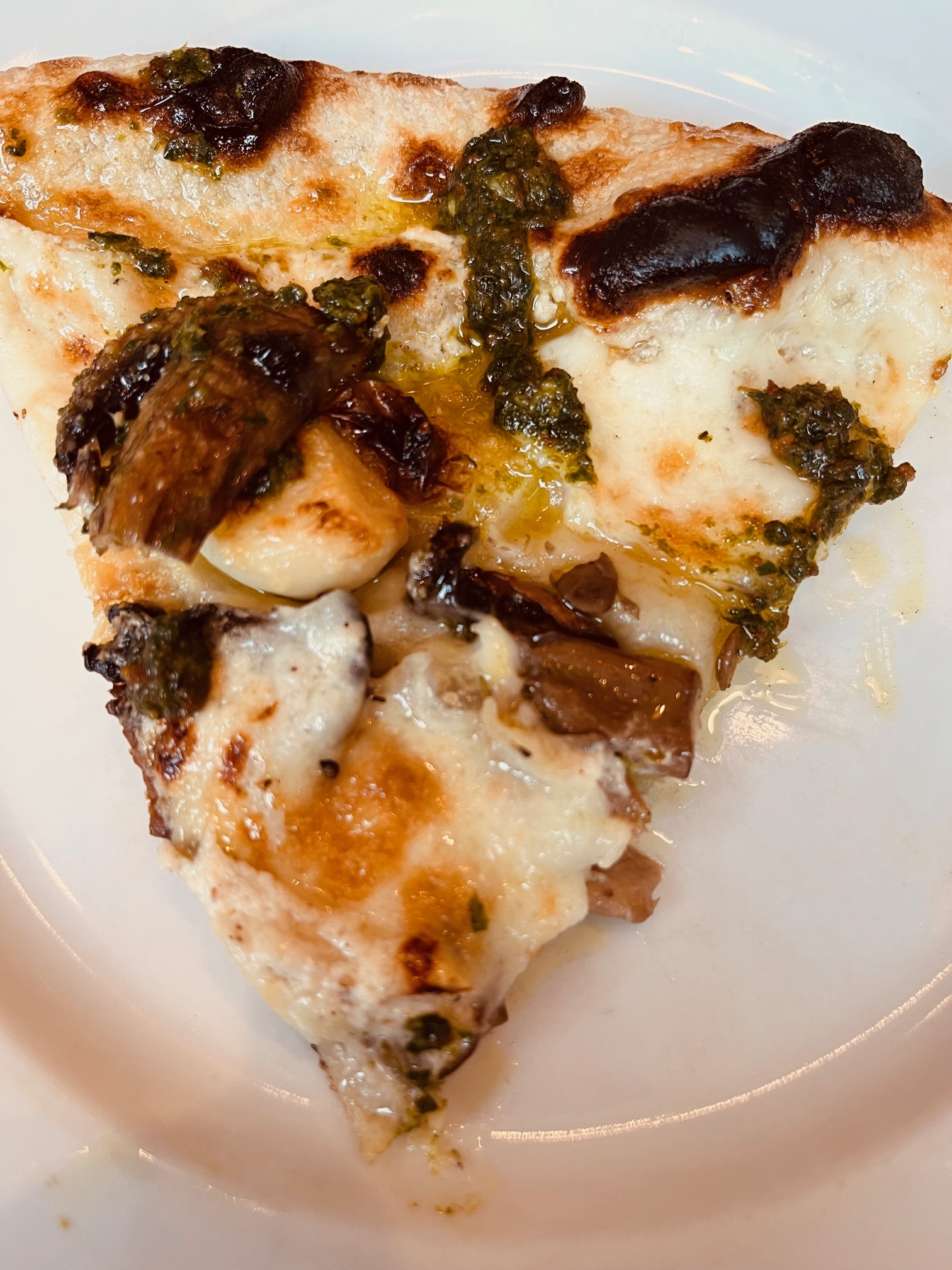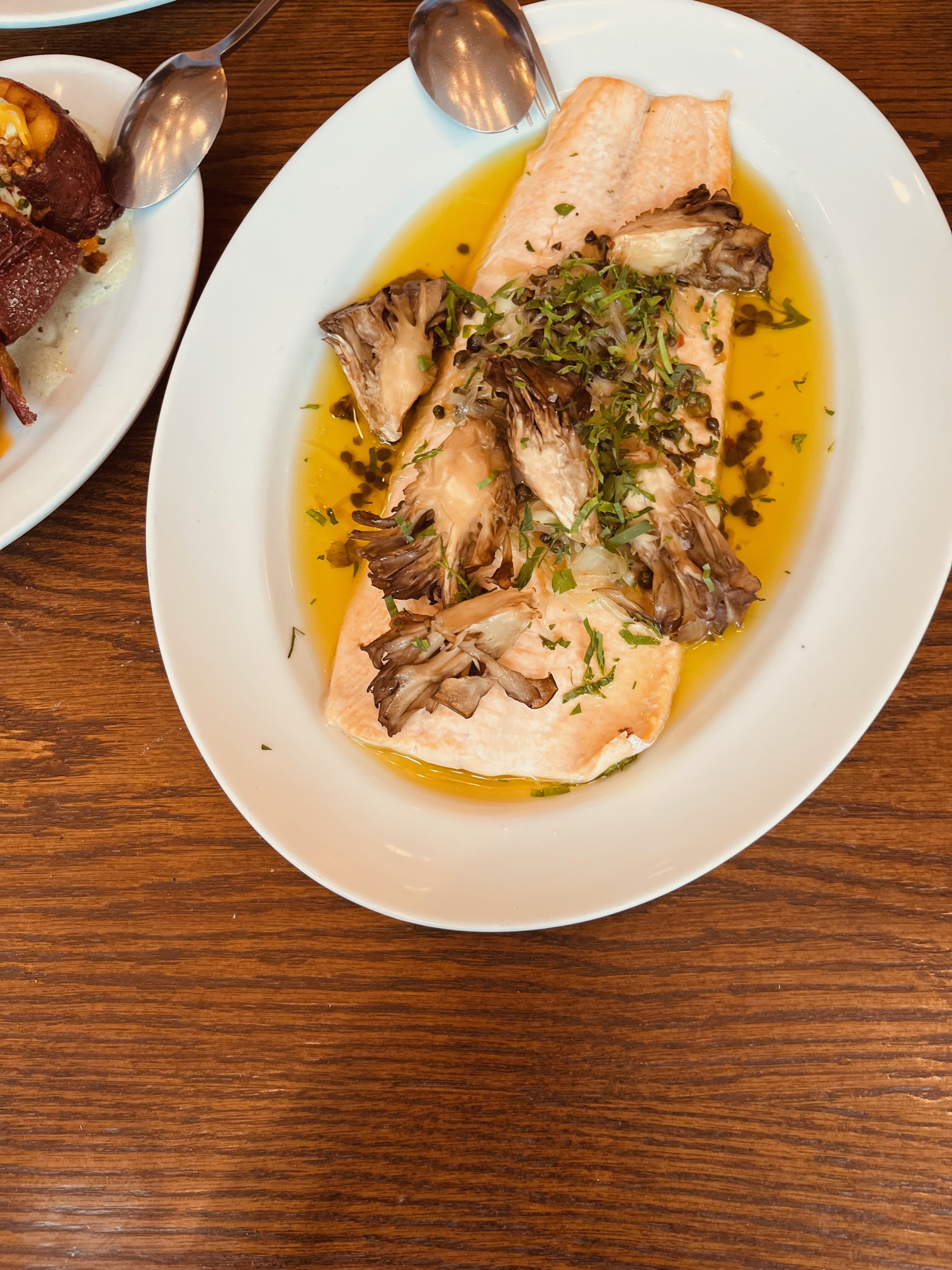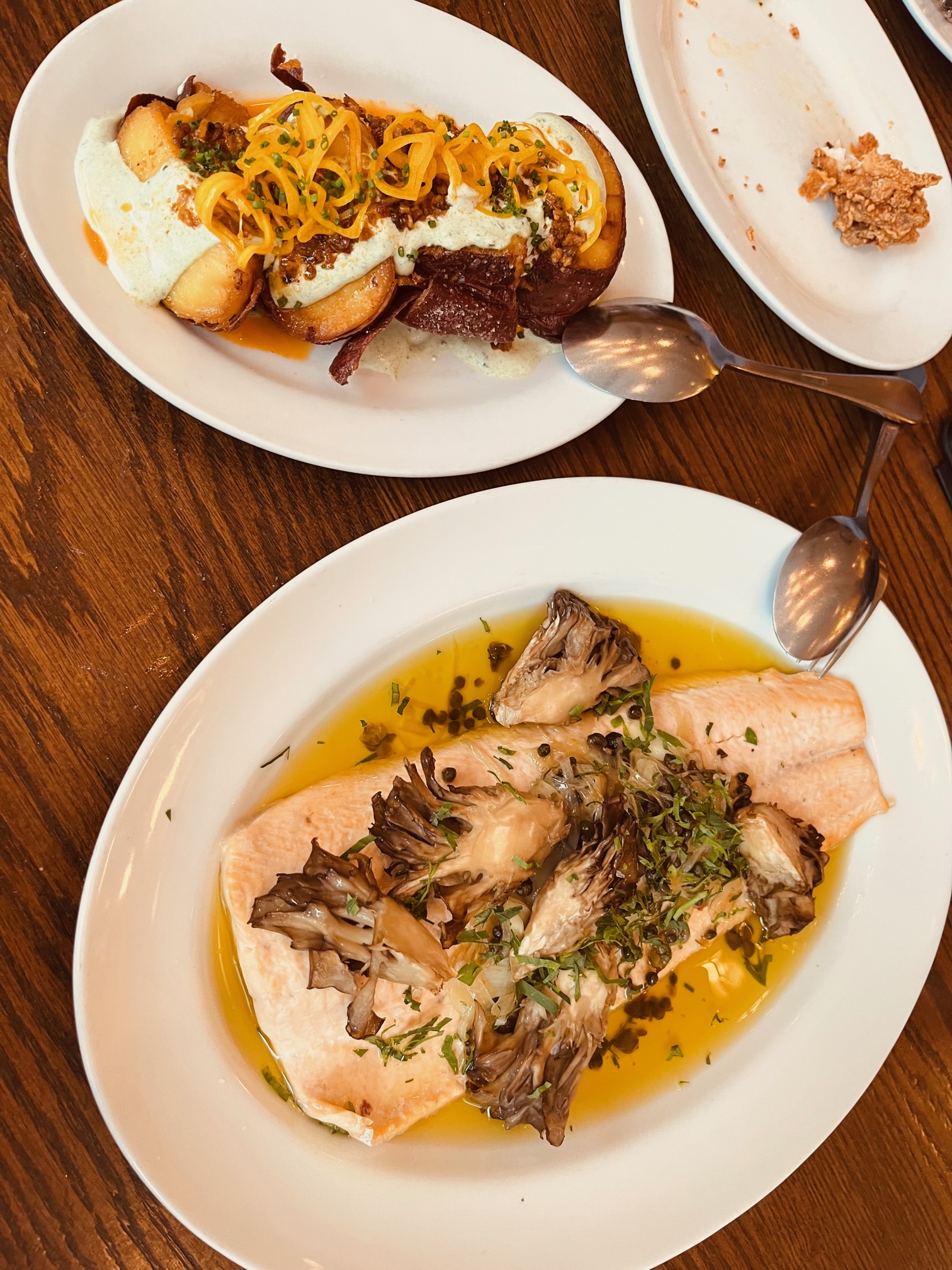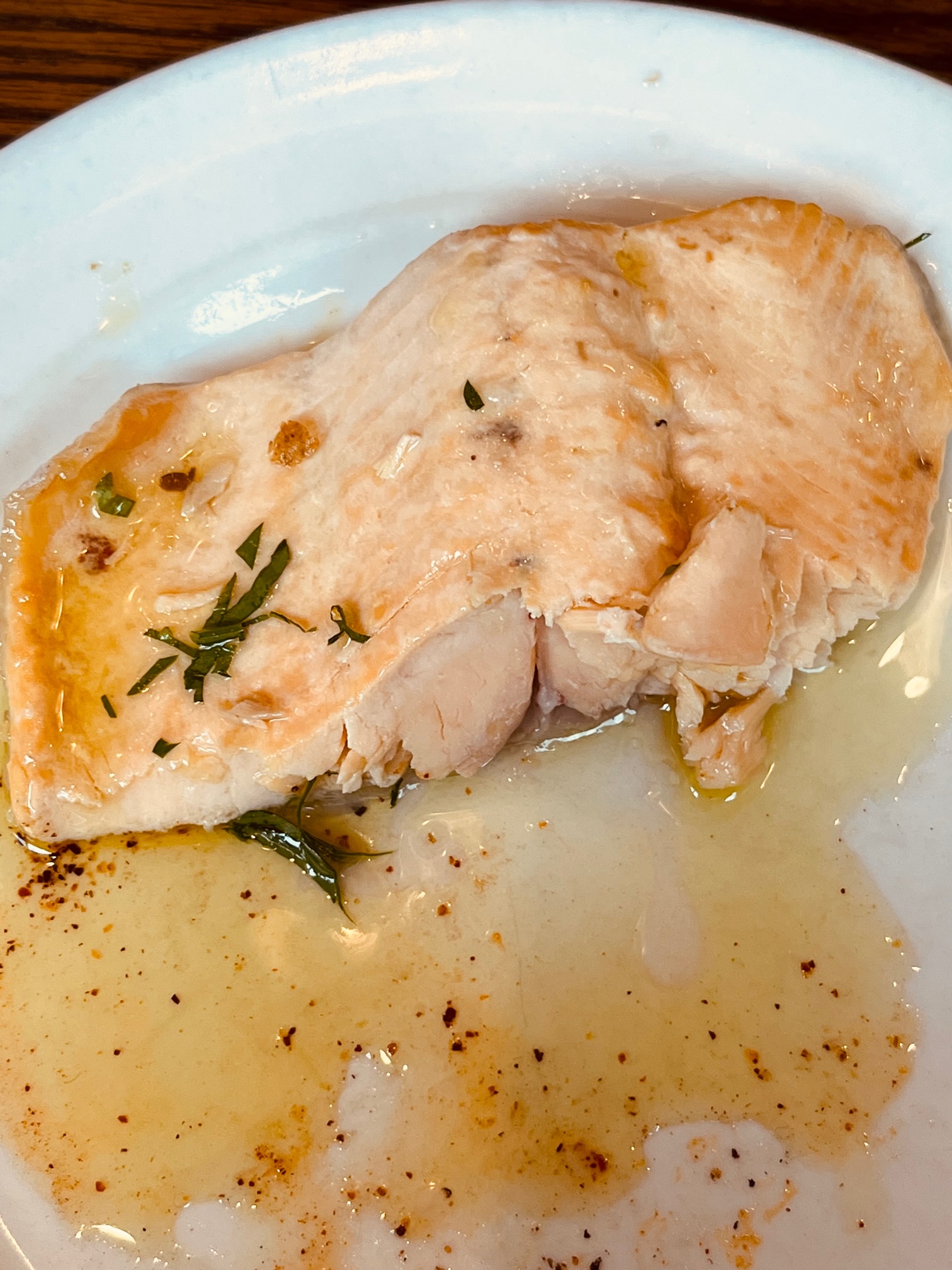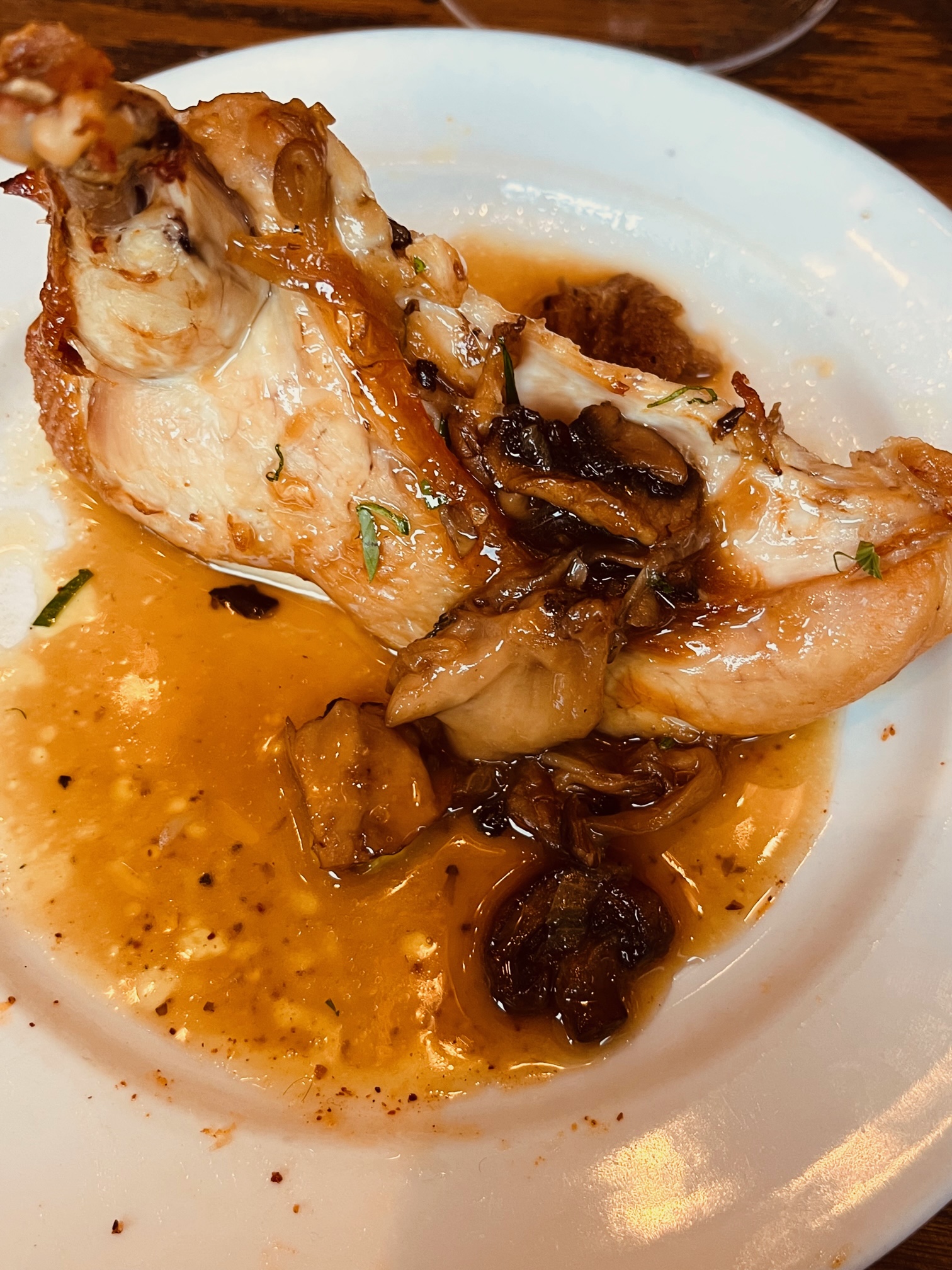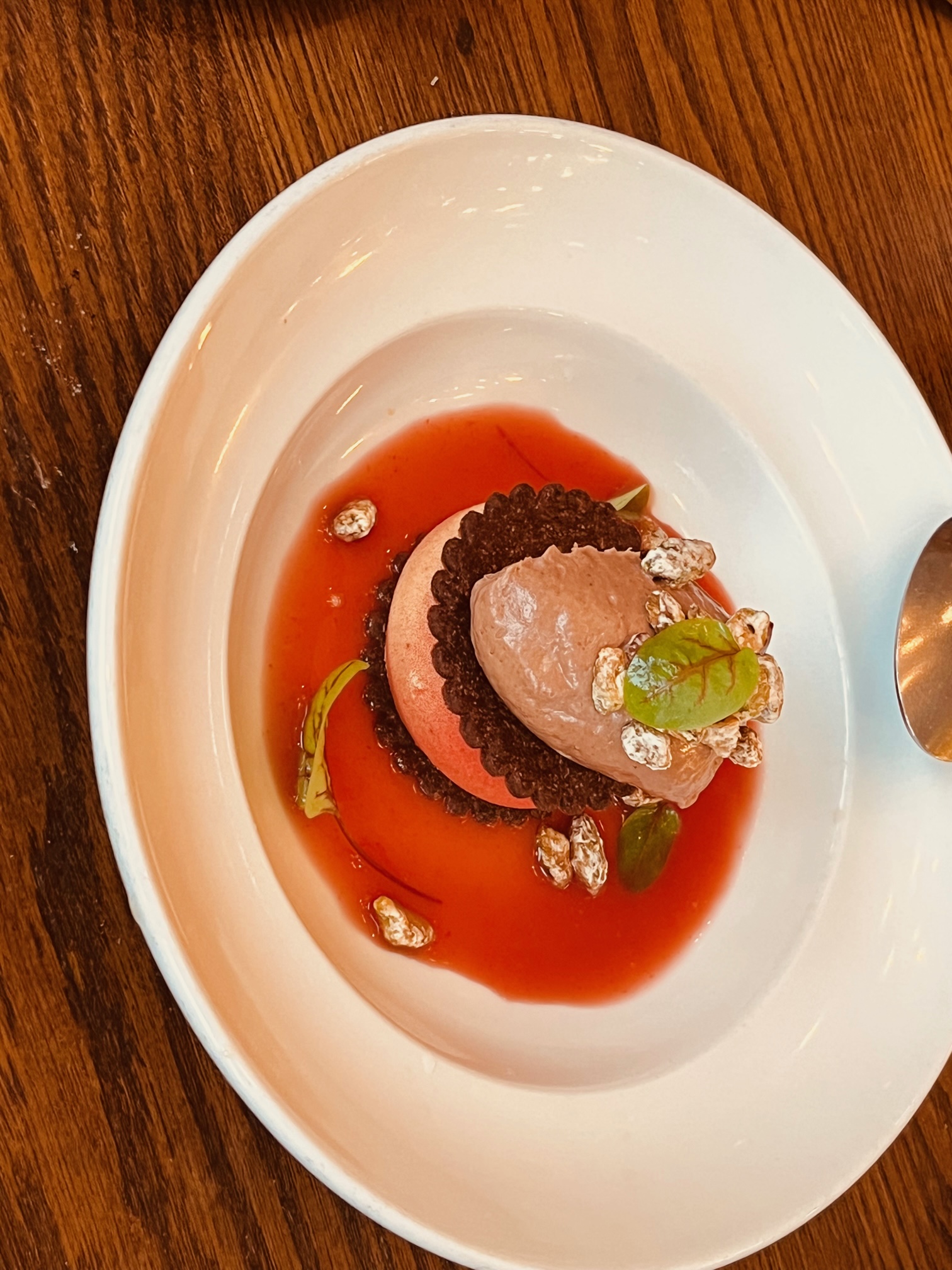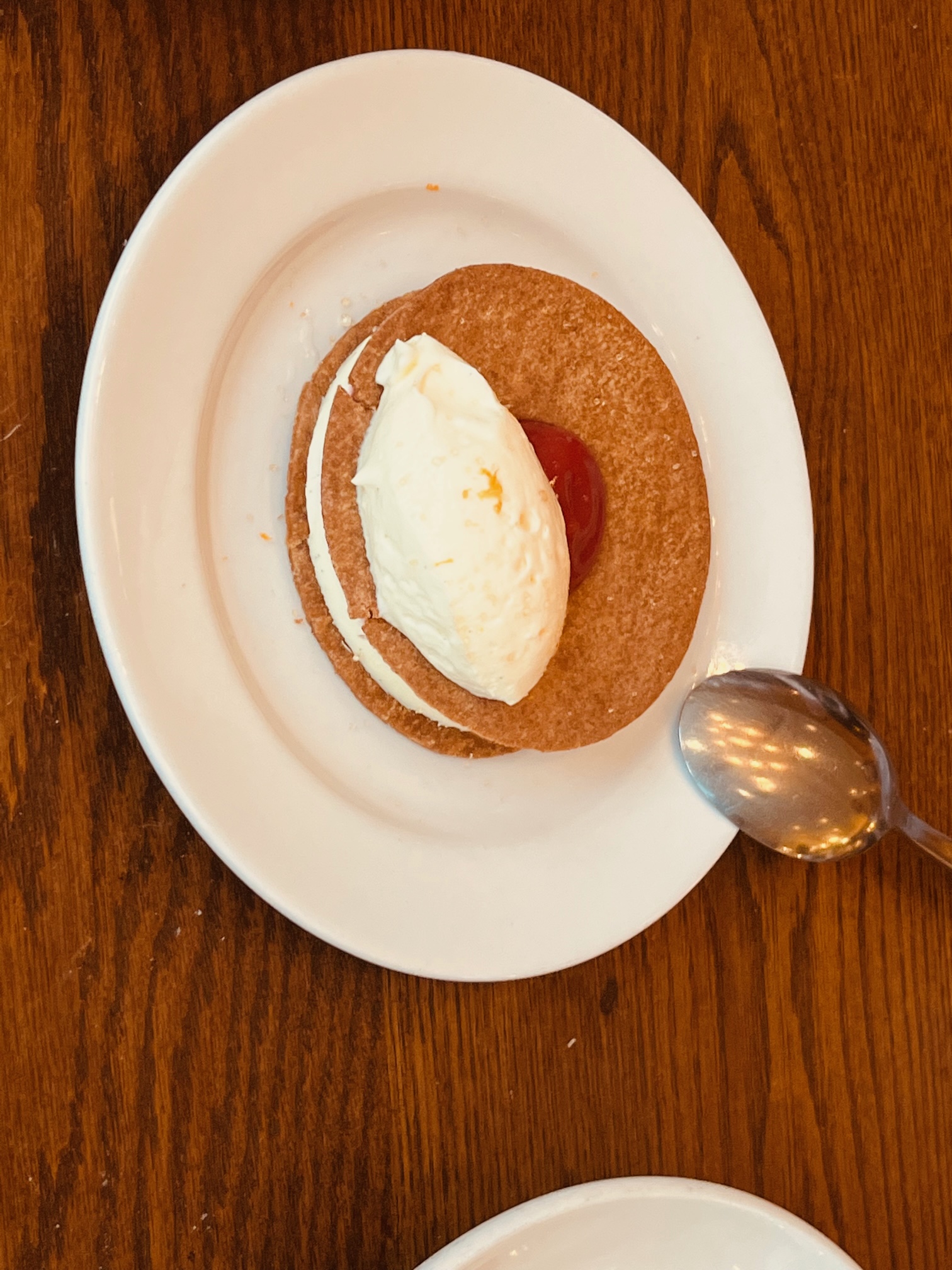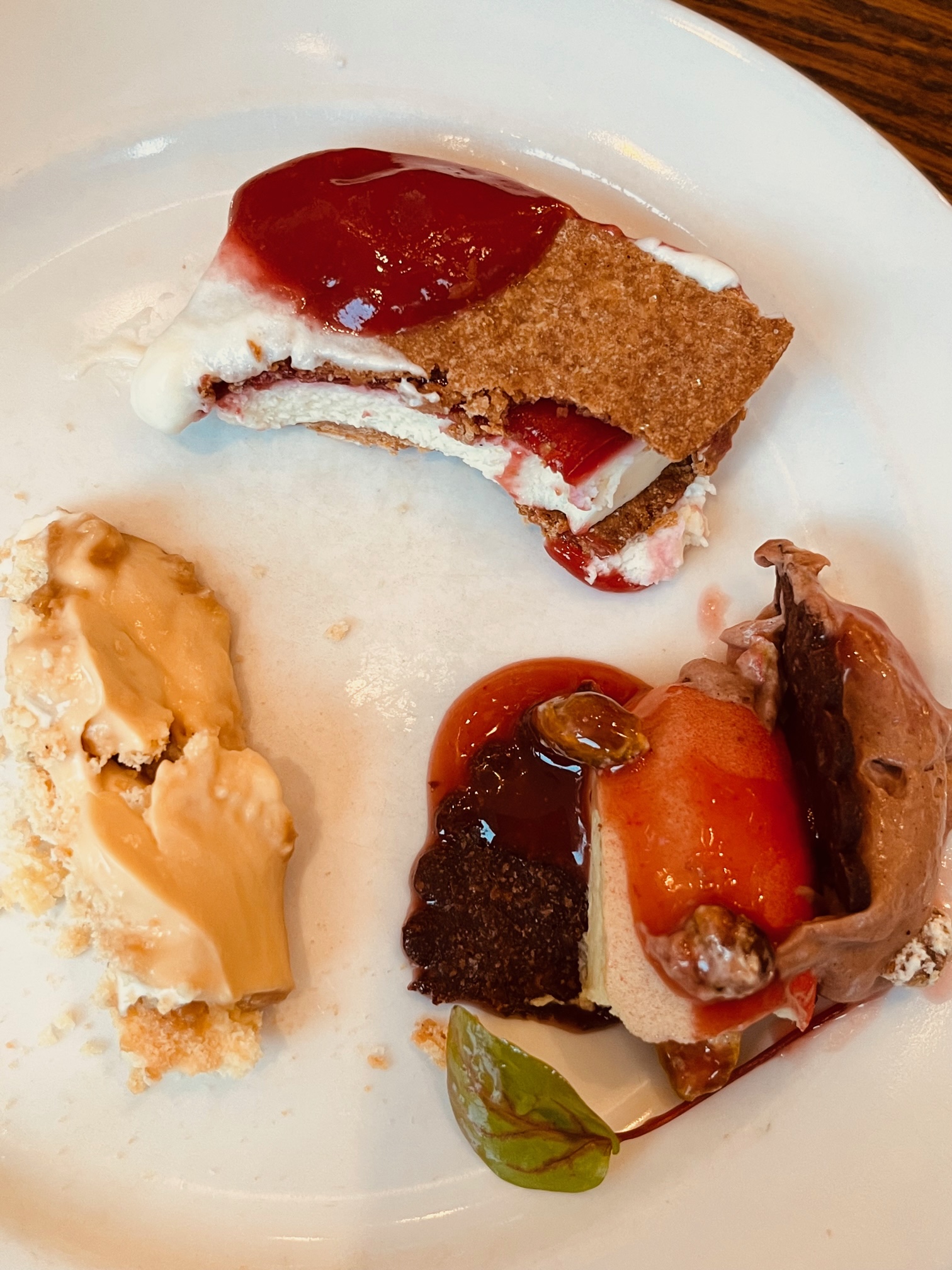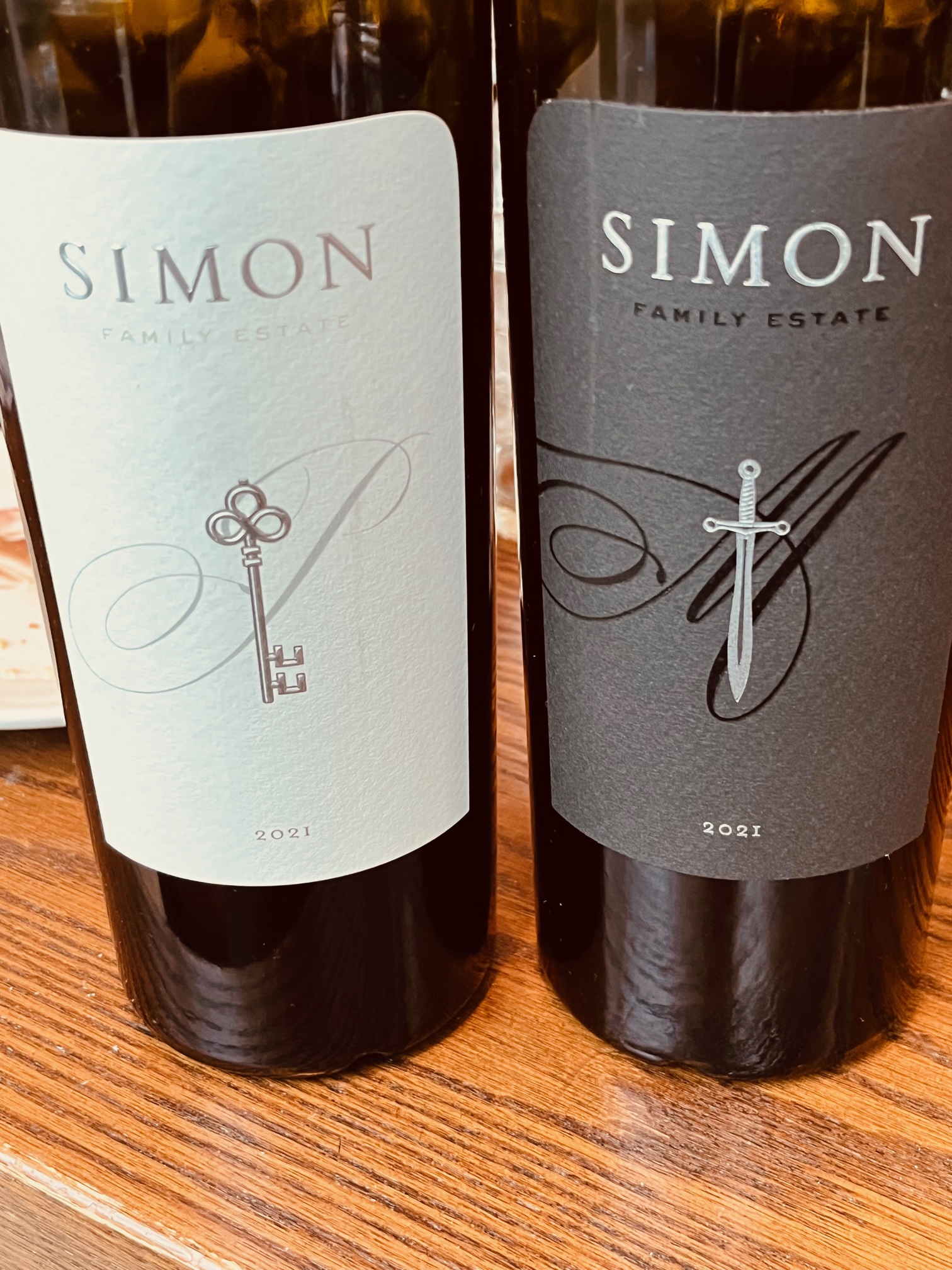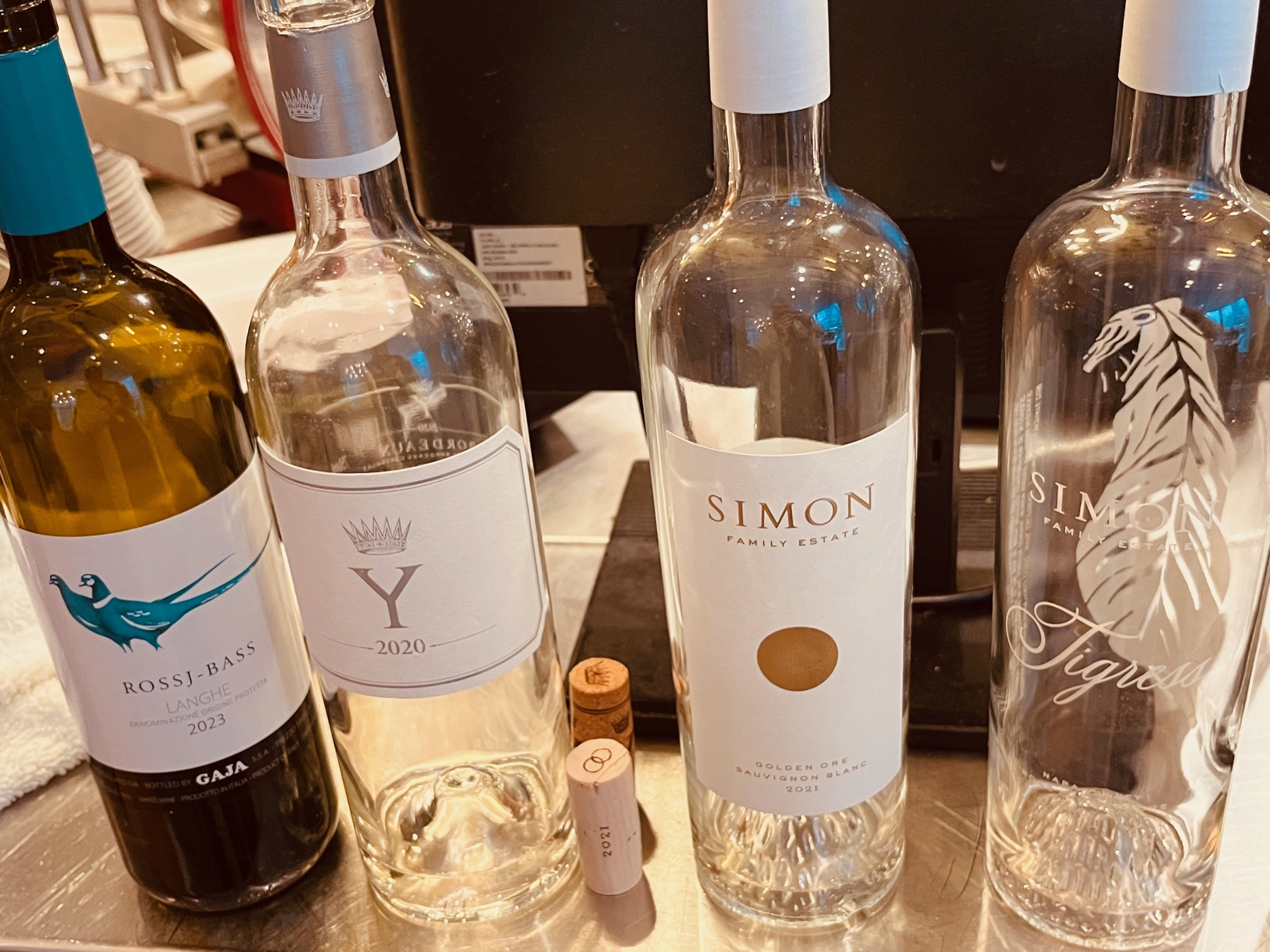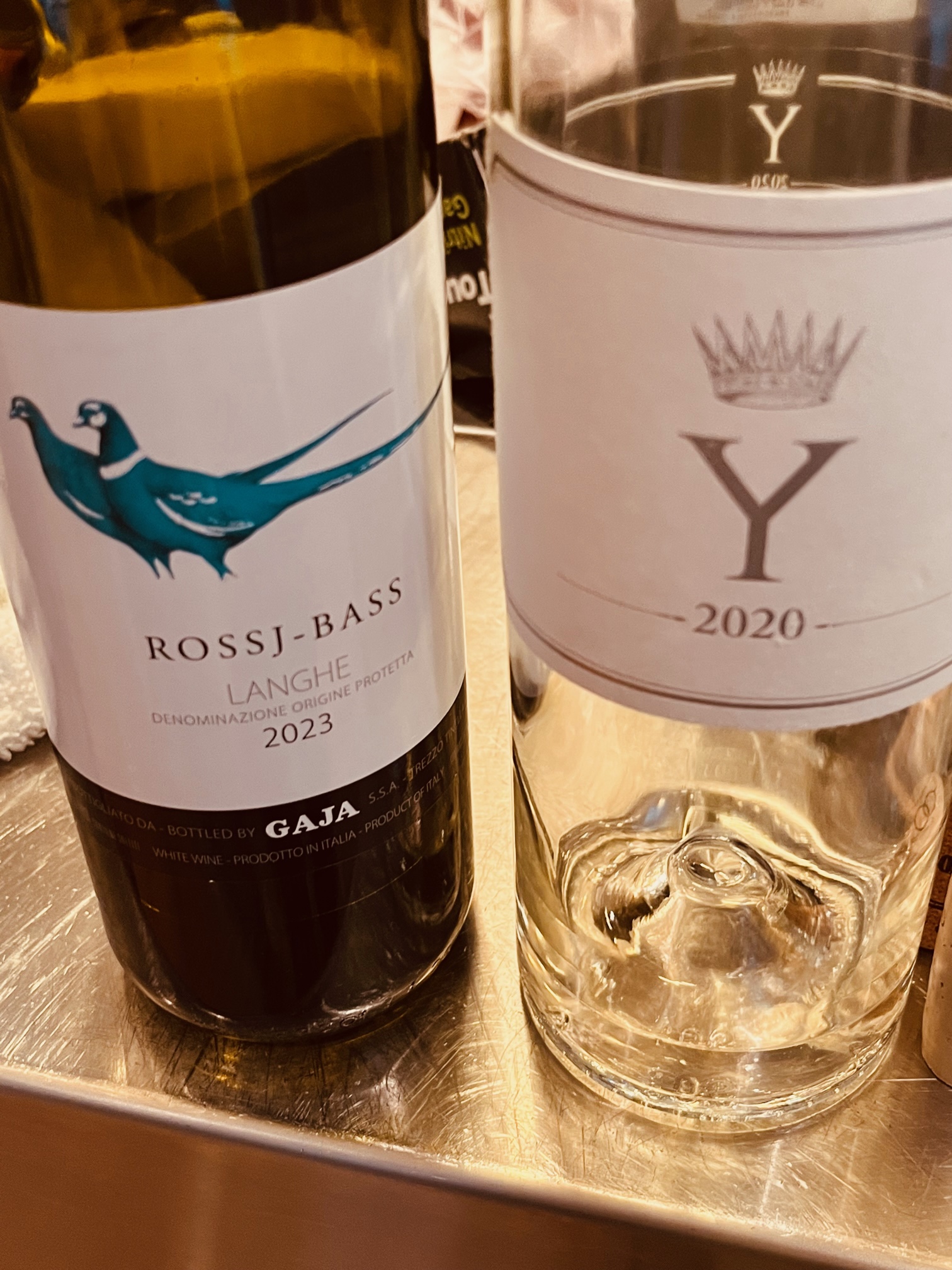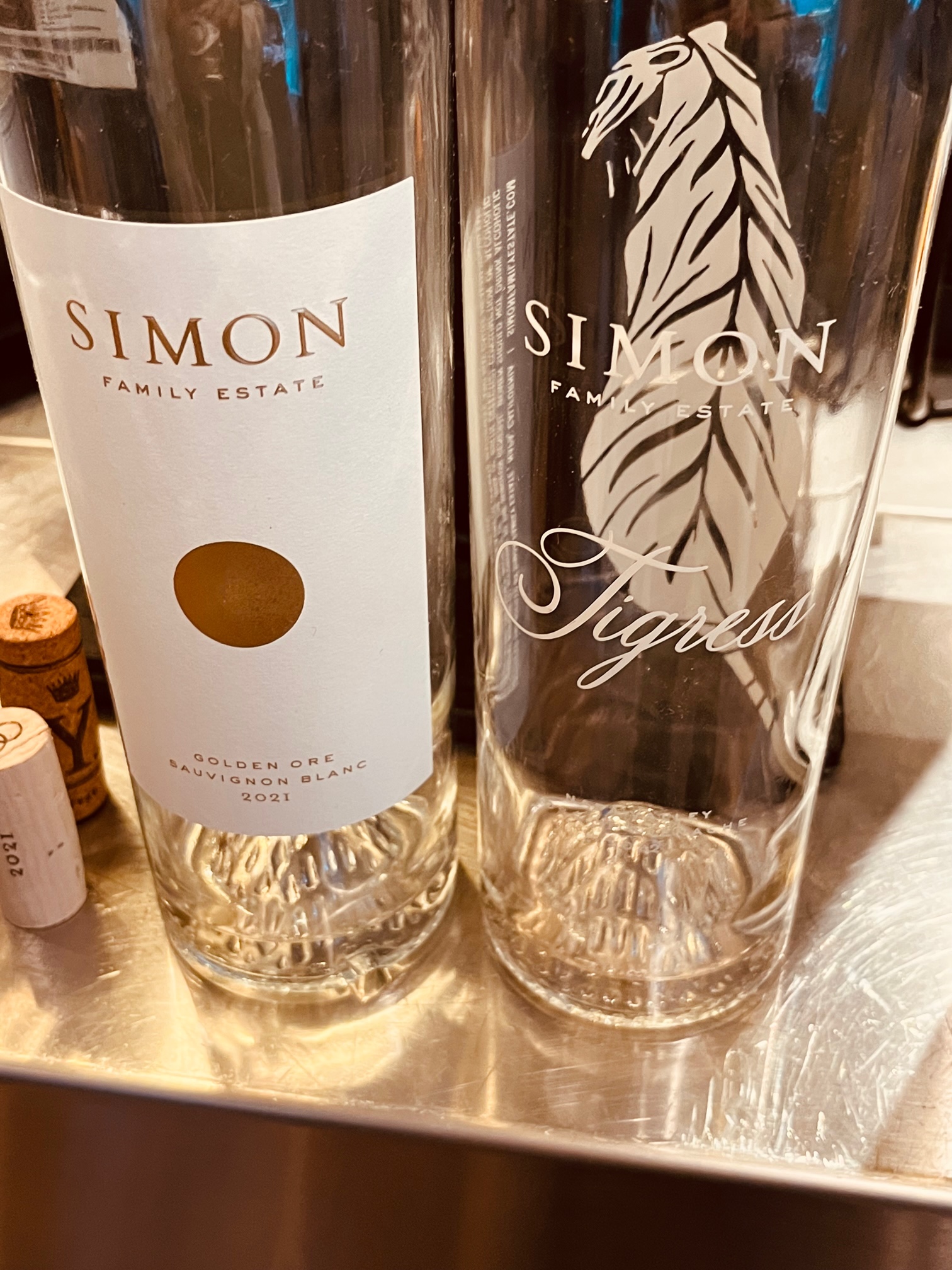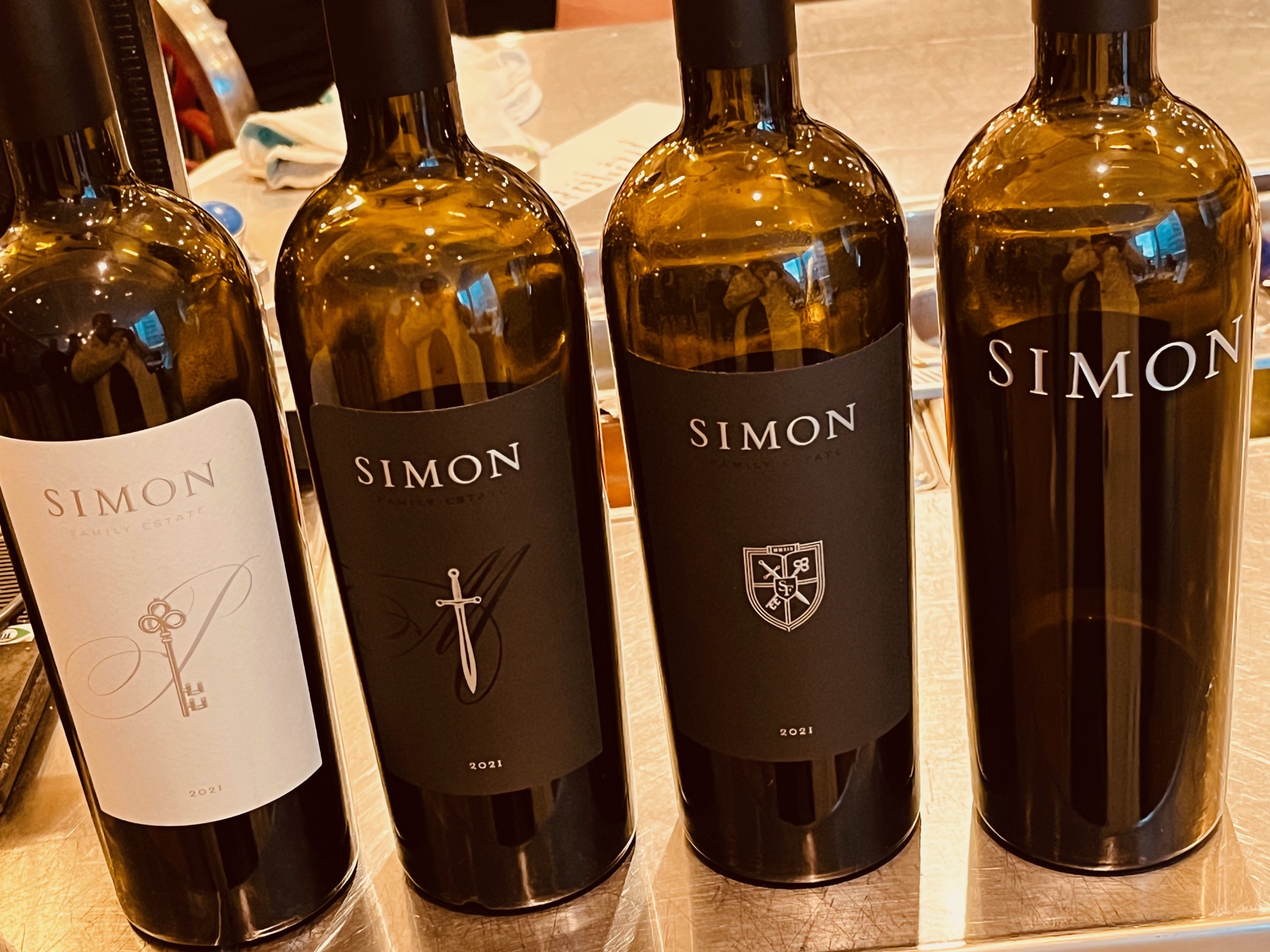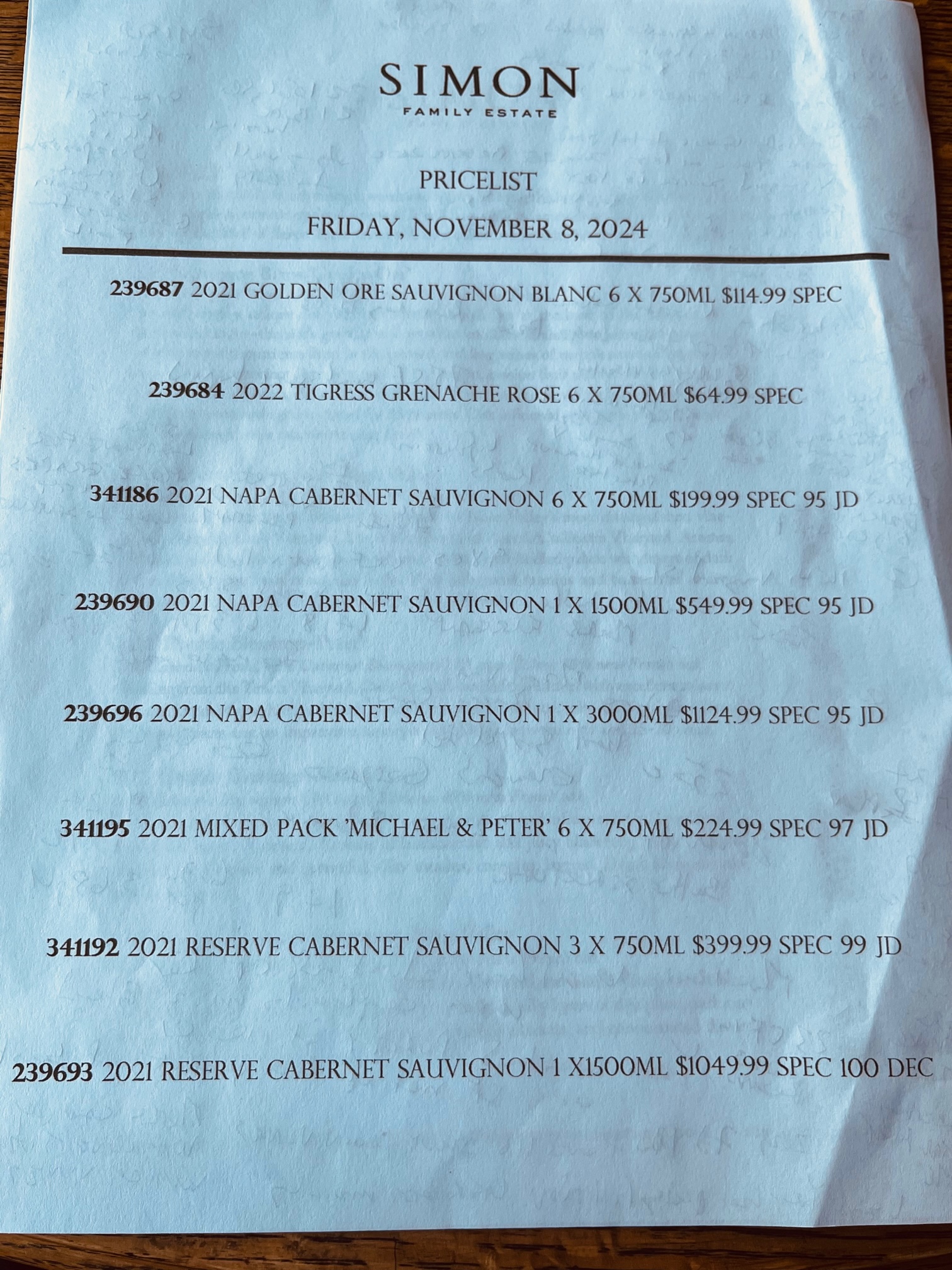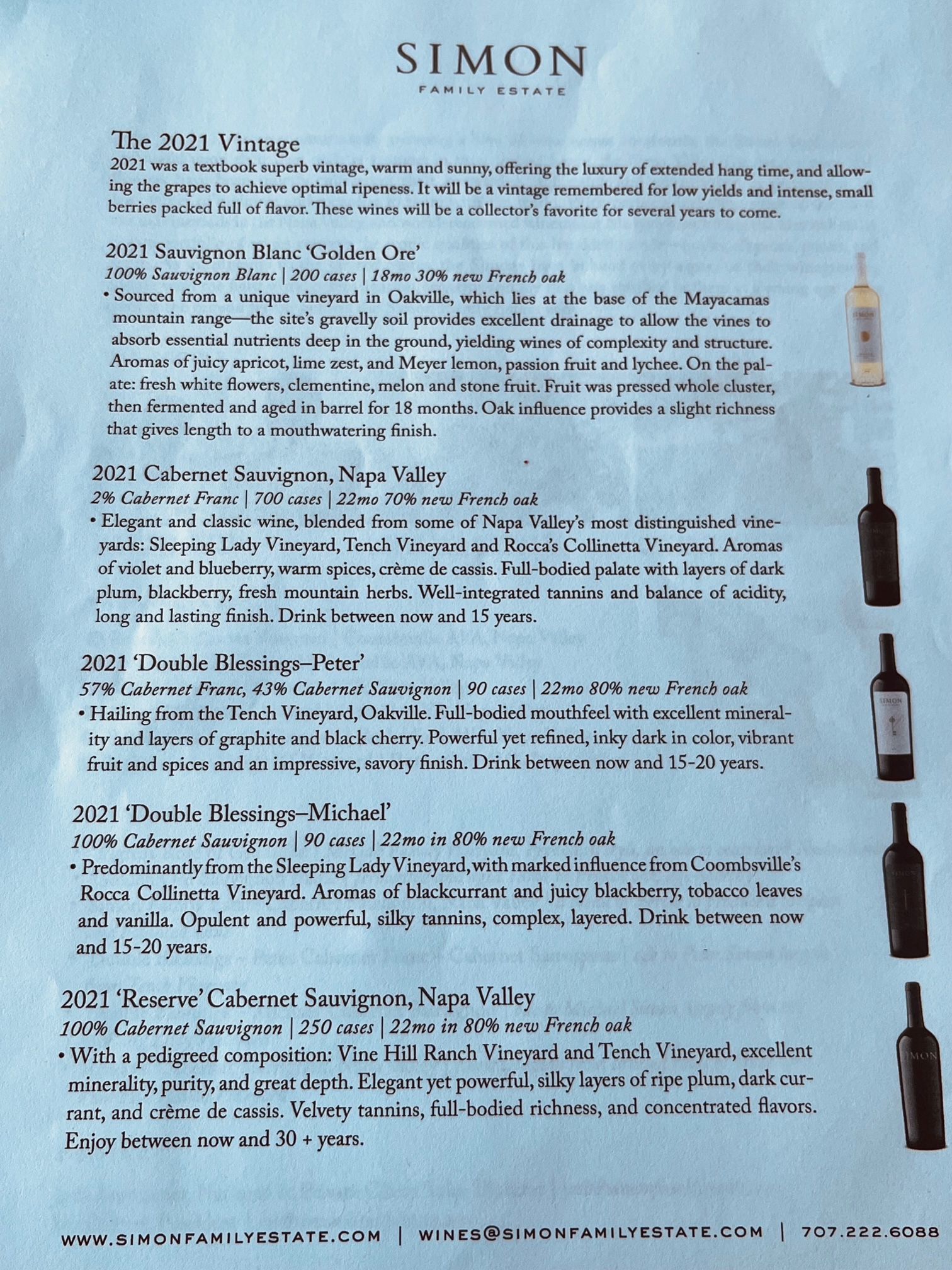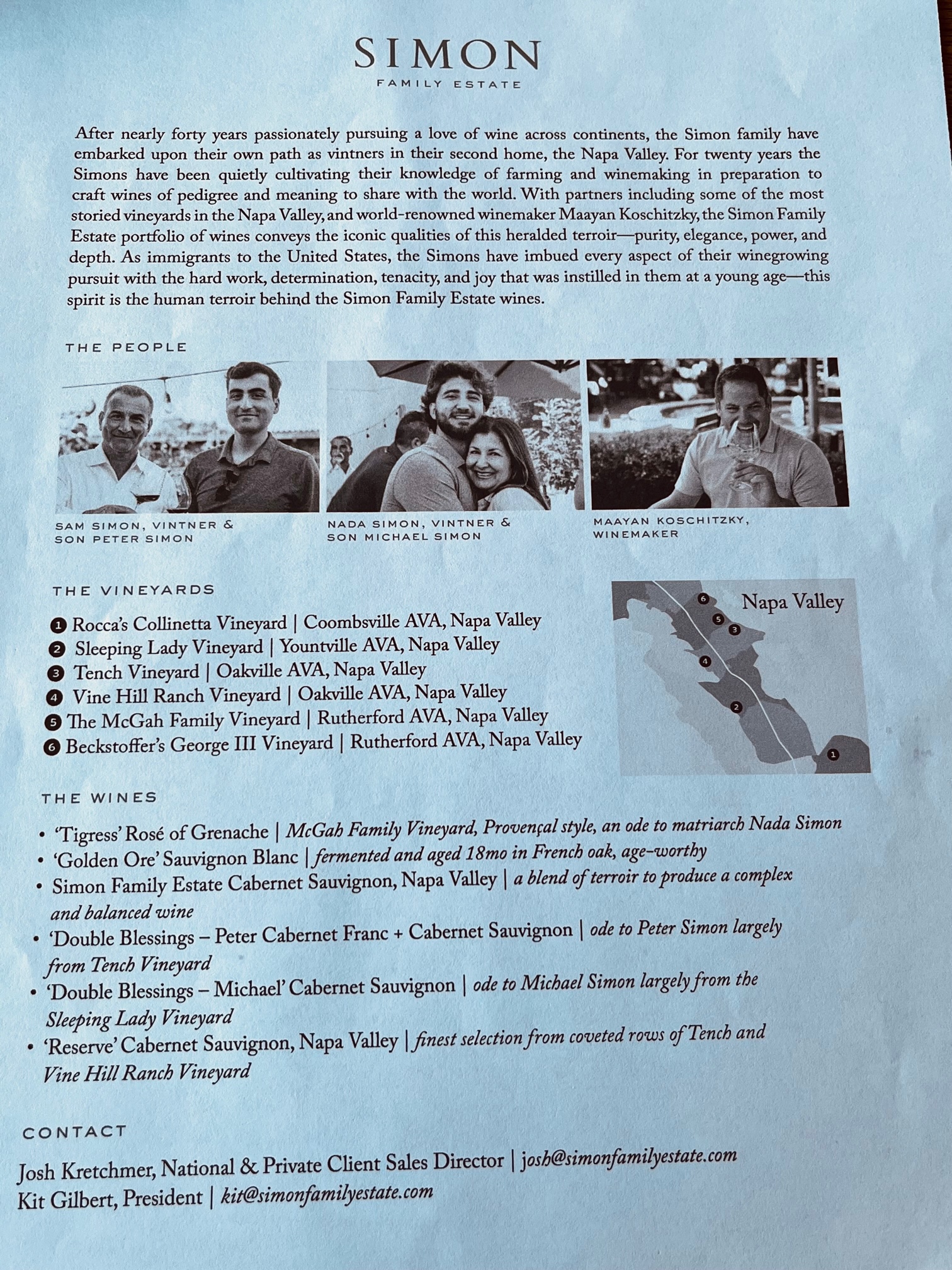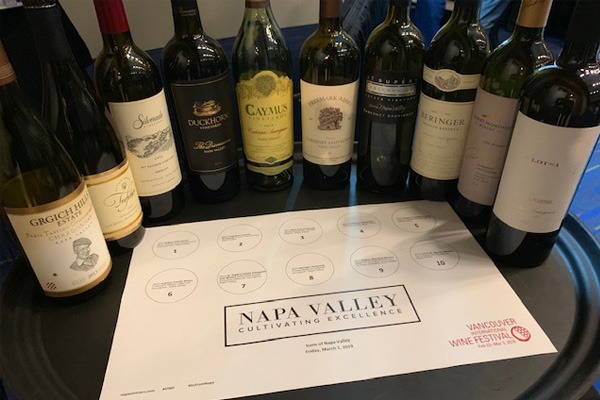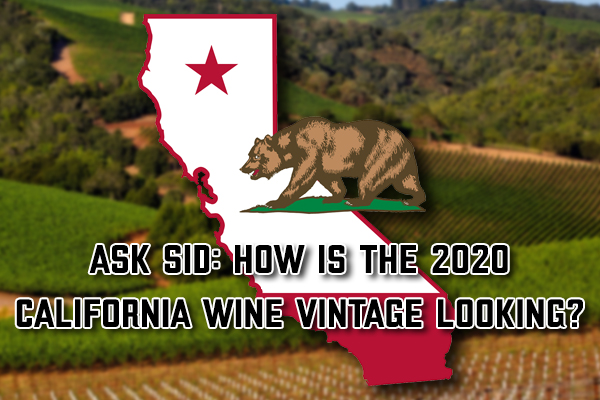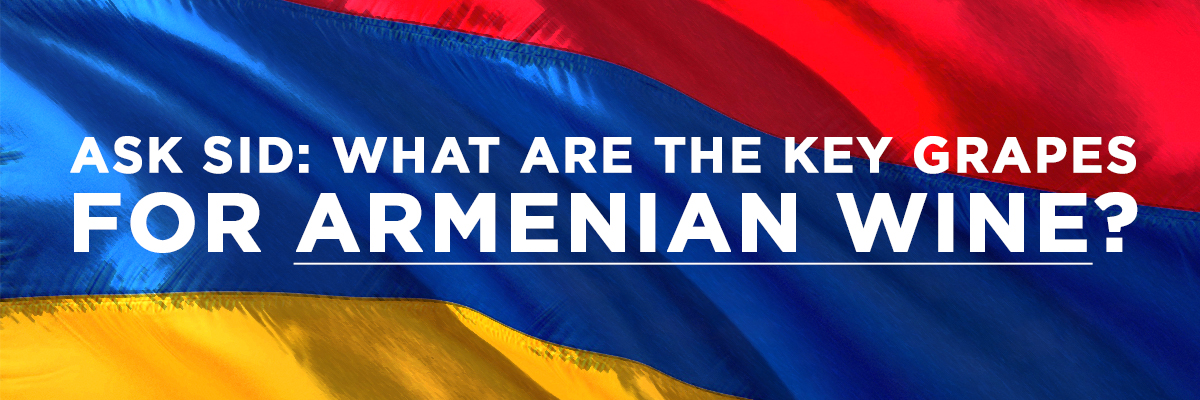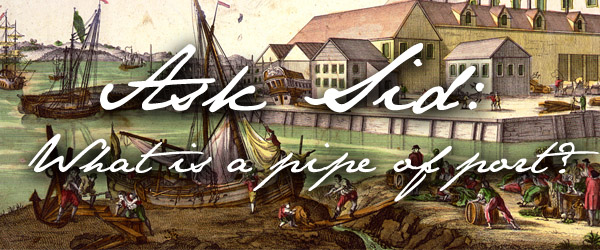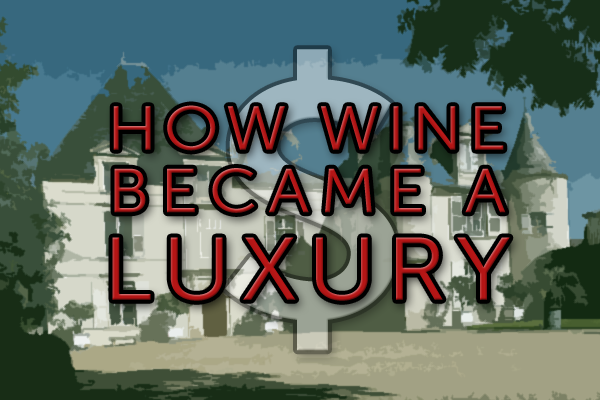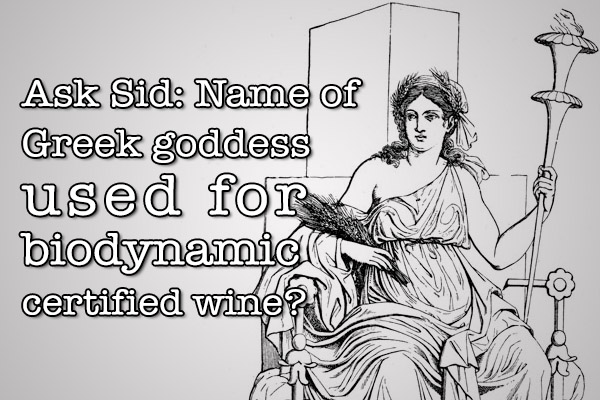
Surprised and delighted to be invited by experienced Brendan Jones of The Cachet Collection wine agency to a tasting/lunch on November 8 at the popular Nightingale restaurant in Vancouver featuring Simon Family Estate wines. Our small group table adjoining the kitchen included Brendan, Chris Rielly Wine Director Hawksworth Restaurant Group, proprietor Sam Simon, son Michael Simon, and Josh Kretchmer Director of National & Private Client Sales. Pleased to see such a high powered delegation attending in our Canadian market for top quality Napa Valley cult wines. Thank you.
A new Estate with first releases in 2019 but a member of The Napa Valley Reserve since 2003 and influenced and encouraged by icon Bill Harlan to start their own label. Interesting story of how Sam Simon attracted winemaker Maayan Koschitzky to form a dynamic wine team reported here in the Robb Report on March 7, 2022 and in Forbes on November 30, 2022 here. They now have a tasting room by appointment (tel: 707-222-6088) in downtown Napa at 1040 Main Street. Impressed by how wine lover collector Sam Simon brought two white wines as an aperitif not from the winery but from his own private cellar:
2023 ROSSJ-BASS GAJA Langhe white showing the Chardonnay grape in a fragrant floral Piedmont style.
2020 Y – YGREC Bordeaux Blanc is a vibrant dry Sauternes from Chateau dYquem. Sam stated it was an inspiration for his own Sauvignon Blanc. Sam strongly feels you need both “passion & patience” to produce great wine! Our tasting was well orchestrated and matched with some superb dishes from the diverse excellent Nightingale menu (highly recommended). Some brief impressions on the wines:
2021 GOLDEN ORE SAUVIGNON BLANC Oakville Napa Valley: Harvested early August 20 at 3.13pH & 7.7 TA aged 18 months in French oak (30% new) at 14 abv producing only 200 cases. It has balance, oak, and weight from lees aging but 100% SB from quite a different terroir than the Ygrec inspiration – which also uses 20-25% Semillon in their blend.
2023 TIGRESS ROSE OF GRENACHE Rutherford Napa Valley: Fresh bright and lively all stainless in the Provenance style with 6 1/2 hours skin contact + 4 months lees was harvested September 22 at 3.3pH & 5.9TA at 12.5 abv producing only 200 cases. The refreshing fav and inspiration of Sams wife Nada Simon.
2021 PETER DOUBLE BLESSINGS CABERNET FRANC & CABERNET SAUVIGNON: First of two very different double blessings of only 90 cases each to honor the distinct personalities of twin sons Peter & Michael. The wines highlight these characteristics according to Michael with Peter a day person, light heated, and open with a sense of humour while his is a night owl, less open, more serious. This has warmer Oakville fruit with 57% Cab Franc (hoping to reach 75% next year) and 43% Cab Sauv from the Tench Family Vineyard with a lighter rim and elegant floral herbal signature at 14.8 abv in a popular easier style.
2021 MICHAEL DOUBLE BLESSINGS CABERNET SAUVIGNON: Mainly Yountville Sleeping Lady vineyard plus Coombsville Rocca Collinetta vineyard with 22 months in French oak (80% new) same as Peters. Similar stats to Peter but it is darker, more energy structured fruit with riper tannins at 14.9 abv. Needs some bottle aging.
2021 SIMON NAPA VALLEY CABERNET SAUVIGNON: Second vintage of multi vineyard sites with a little less new oak (70%) from a variety of Coopers but with 2% Cab Franc at 14.8 abv producing 700 cases. Lots of ripe fruit but a lovely balanced elegance to it. Less vineyard defined but captures the Napa style of Cabernet Sauvignon very well in this textbook vintage of smaller berries and lower yields. Will be more Single Vineyard programs released or 2022.
2021 SIMON FAMILY ESTATE RESERVE CABERNET SAUVIGNON: Smart use of three renowned vineyards of Vine Hill Ranch, Tench, and Collinetta does impress with only 250 cases at 14.9 abv. Lauded with some very high scores and even a perfect 100 from Decanter a stellar wine. Like the powerful concentrated intensity of the ripe select fruit which doesnt seem hot so balanced by the elegance. Captured some wonderful flavours and textures with refinement in this vintage. Obviously it will age a long time from this super vintage.
They are looking for more top quality vineyard sites to supply best grapes and considering a future Sparkling wine in the portfolio. Your scribe stated that if Robert Mondavi was here he would have expected some of the best Cab Franc to go into the Reserve for more complexity. Josh agreed and commented that they will be adding some Cab Franc into the Reserve wine in 2023. I also said the bottle weights were way too heavy for the growing number of sustainable environment supporters. They got excited about that question and agreed with me so are taking steps to correct the issue. Bottles will continue to weigh less (10% in 2022) and are going away completely from styrofoam and foils by instead using all disposable green felt wrap. Astute and so aware. Admire their approach to everything that goes into producing a fine wine.
Liked how they modestly stated they still are learning from the previous vintages experienced: the surprising heat and fires of 2017, the smoke taint problems of 2020, the key of watering the vines in the best places at the right time and canopy management in 2021, and dealing with the shutting down of the vines from extremely high temperatures of 100-100+F in 2023.
The best is yet to come!
You might also like:

